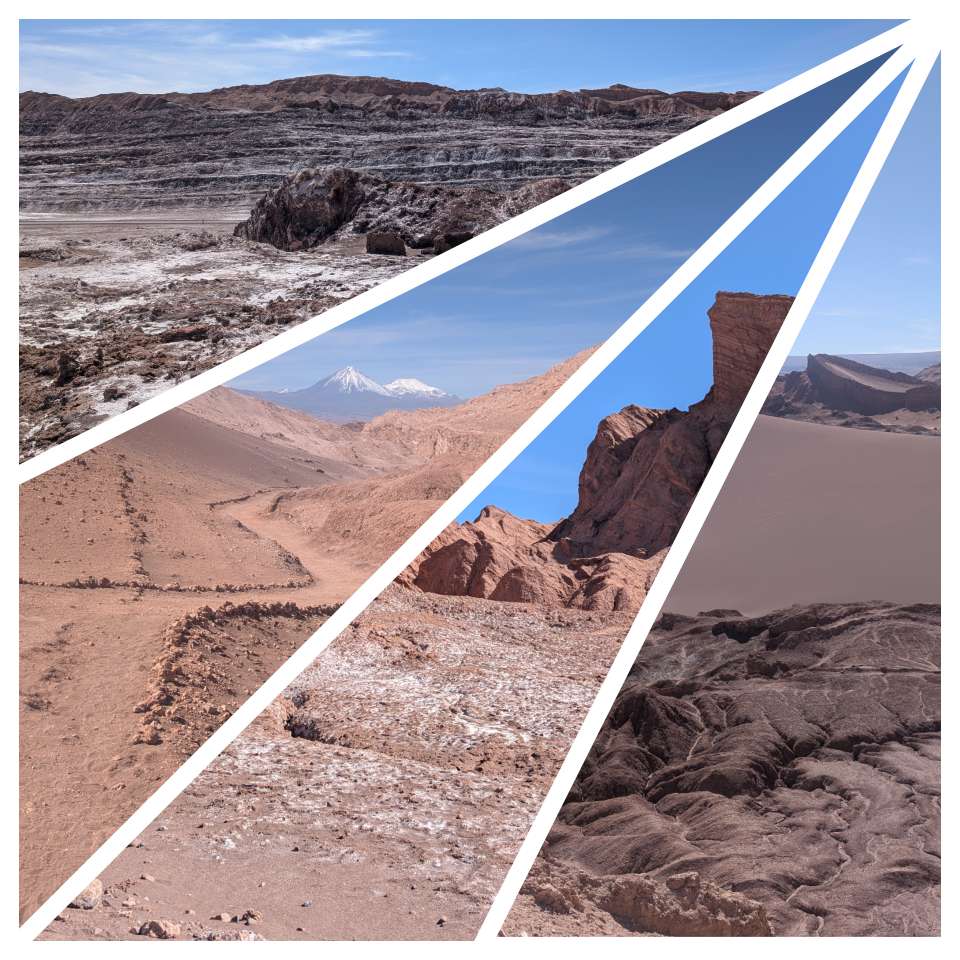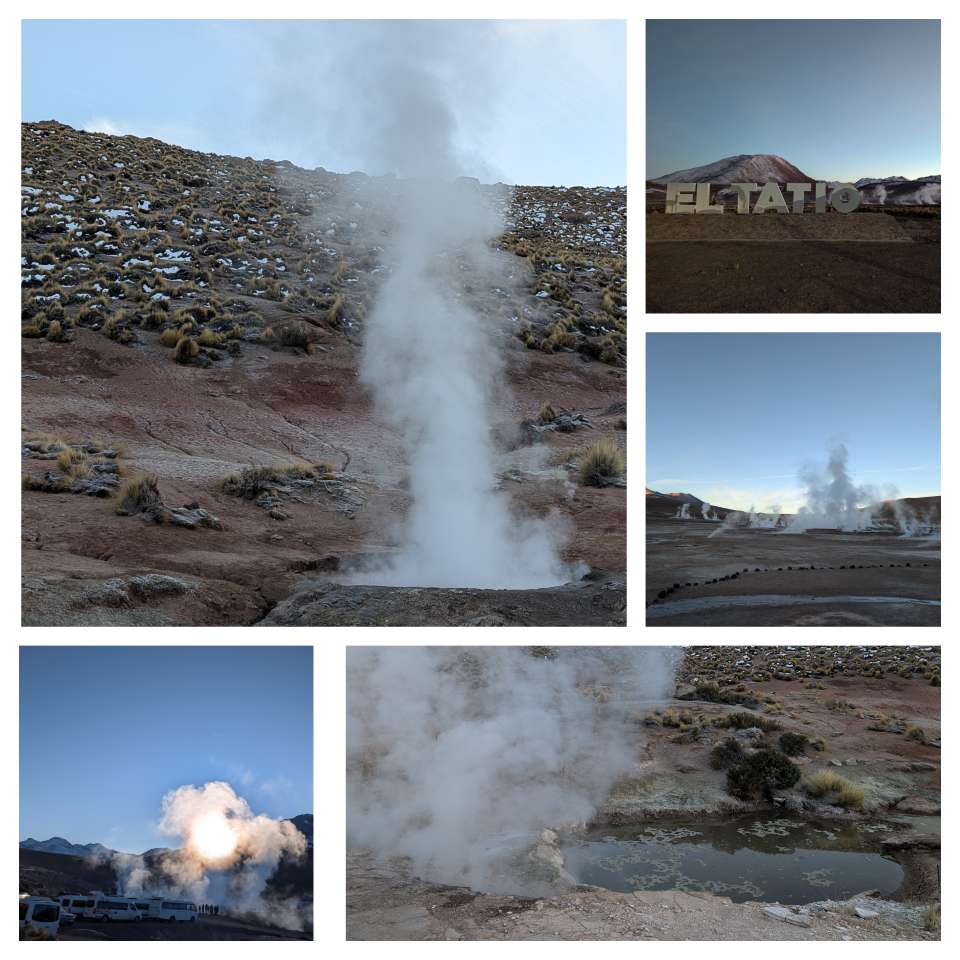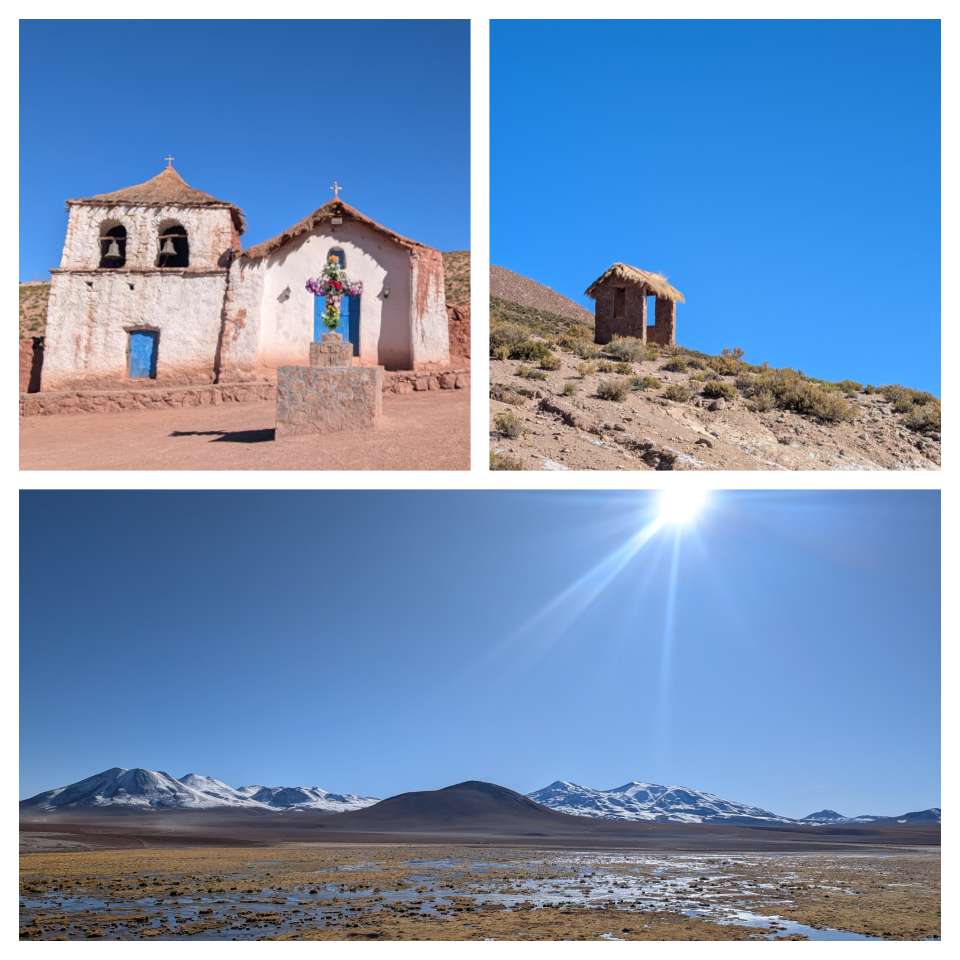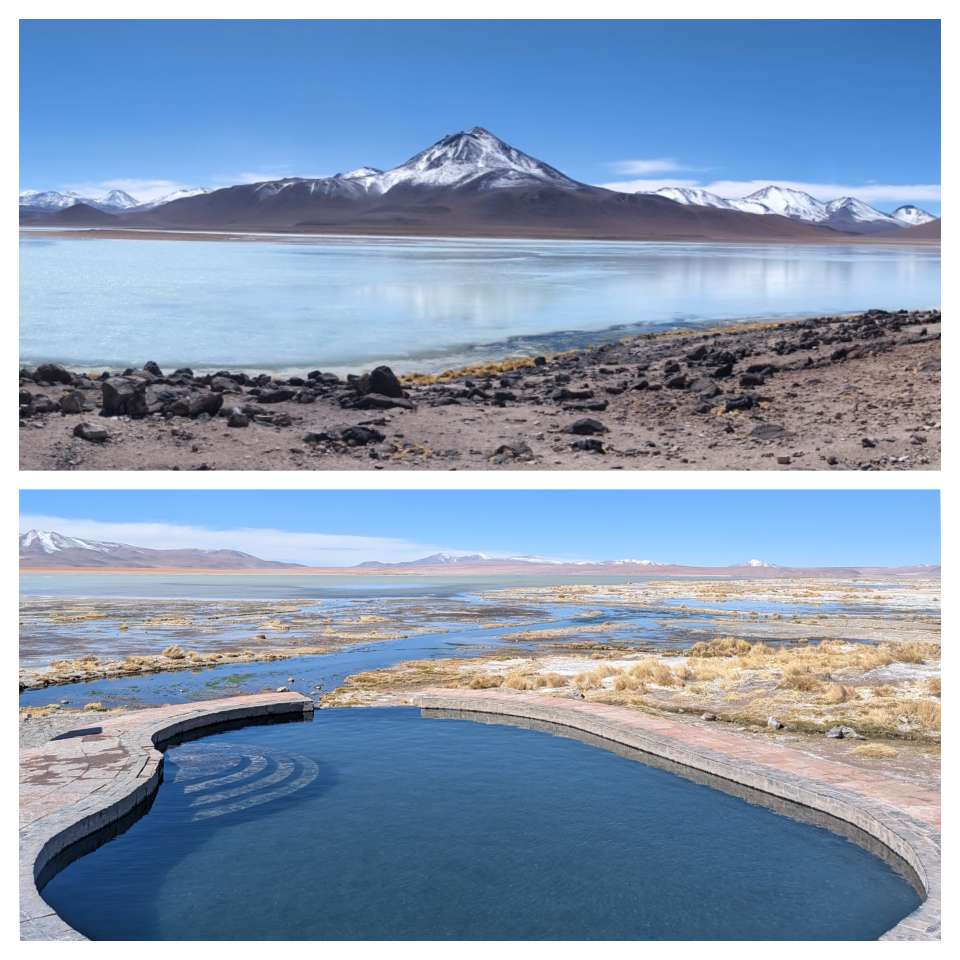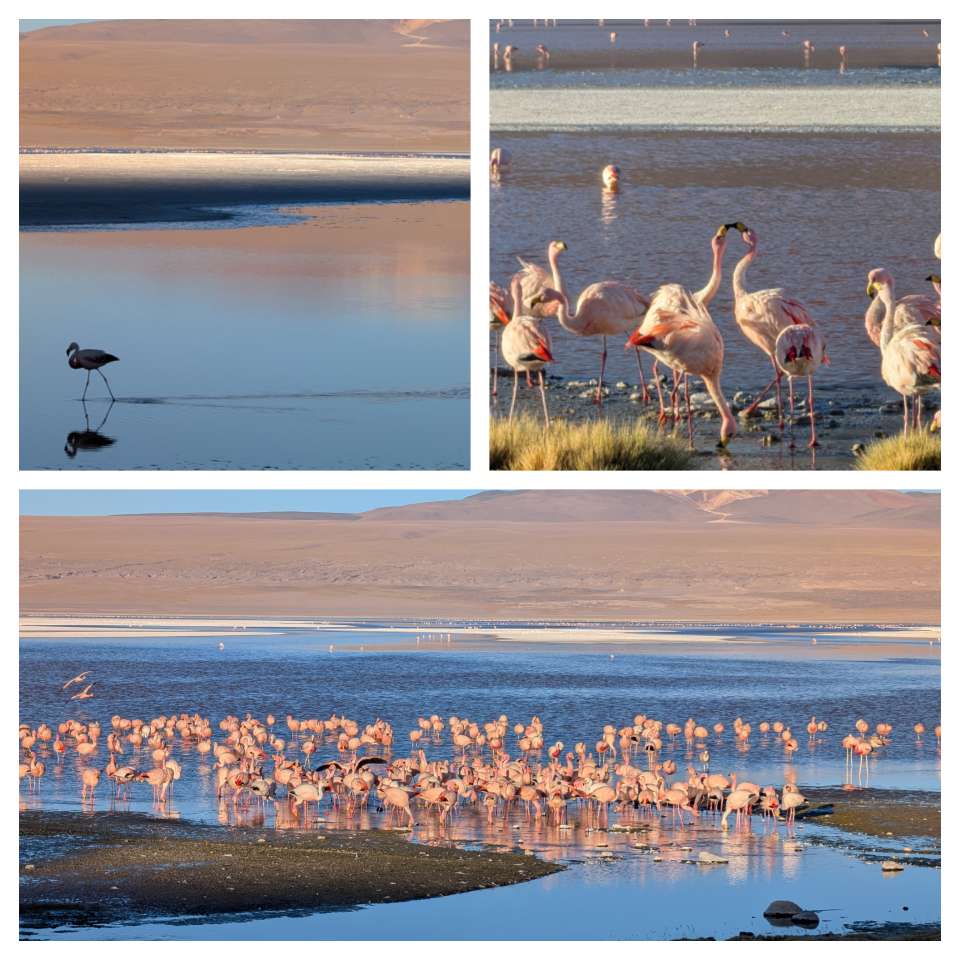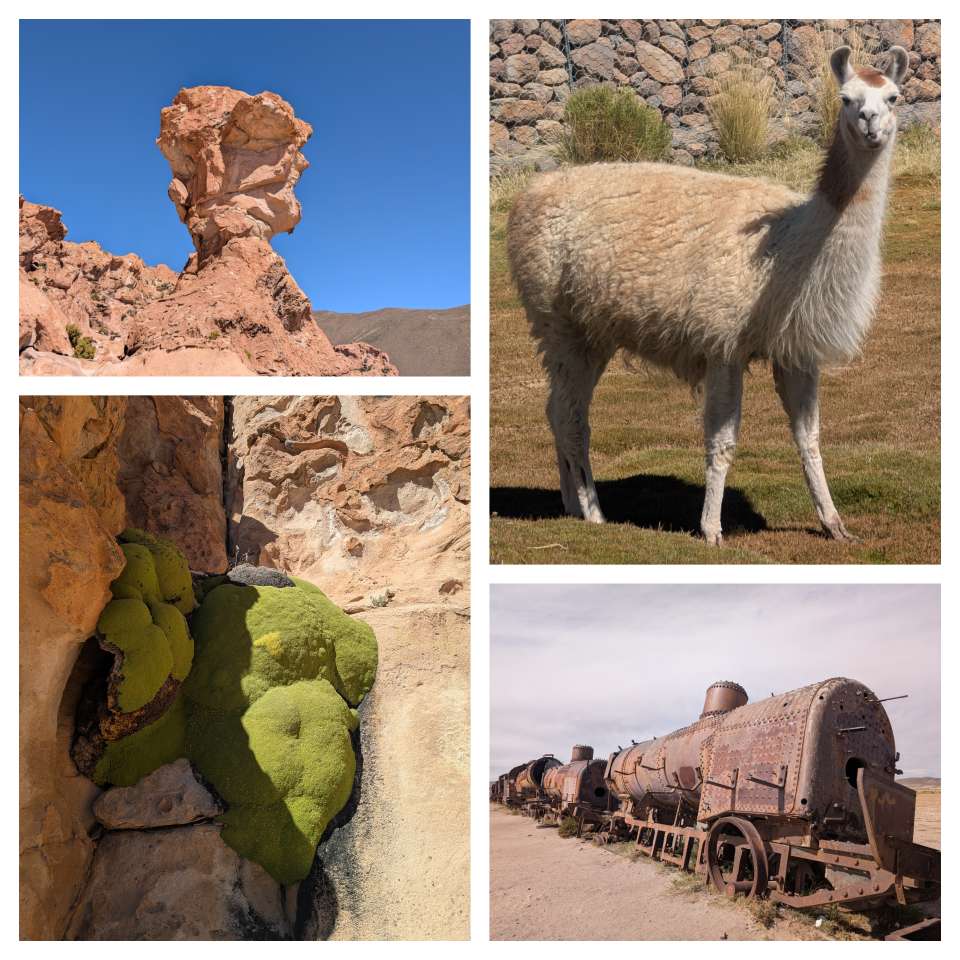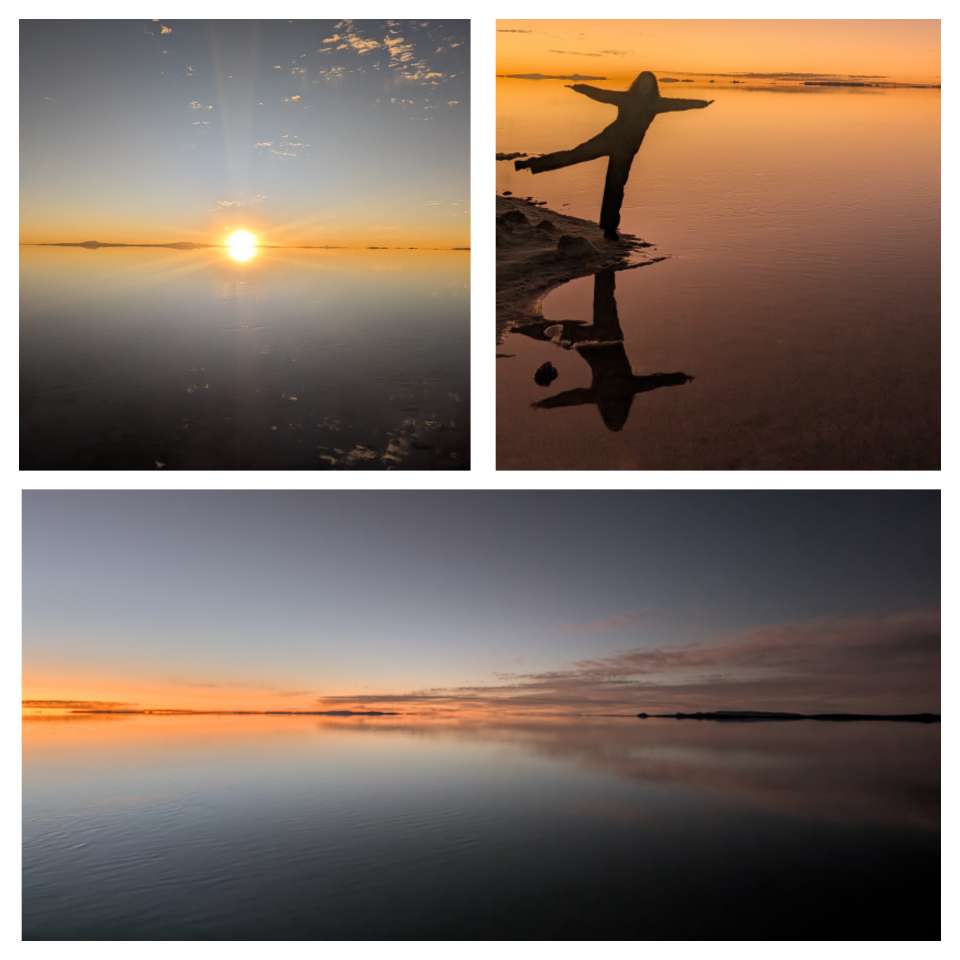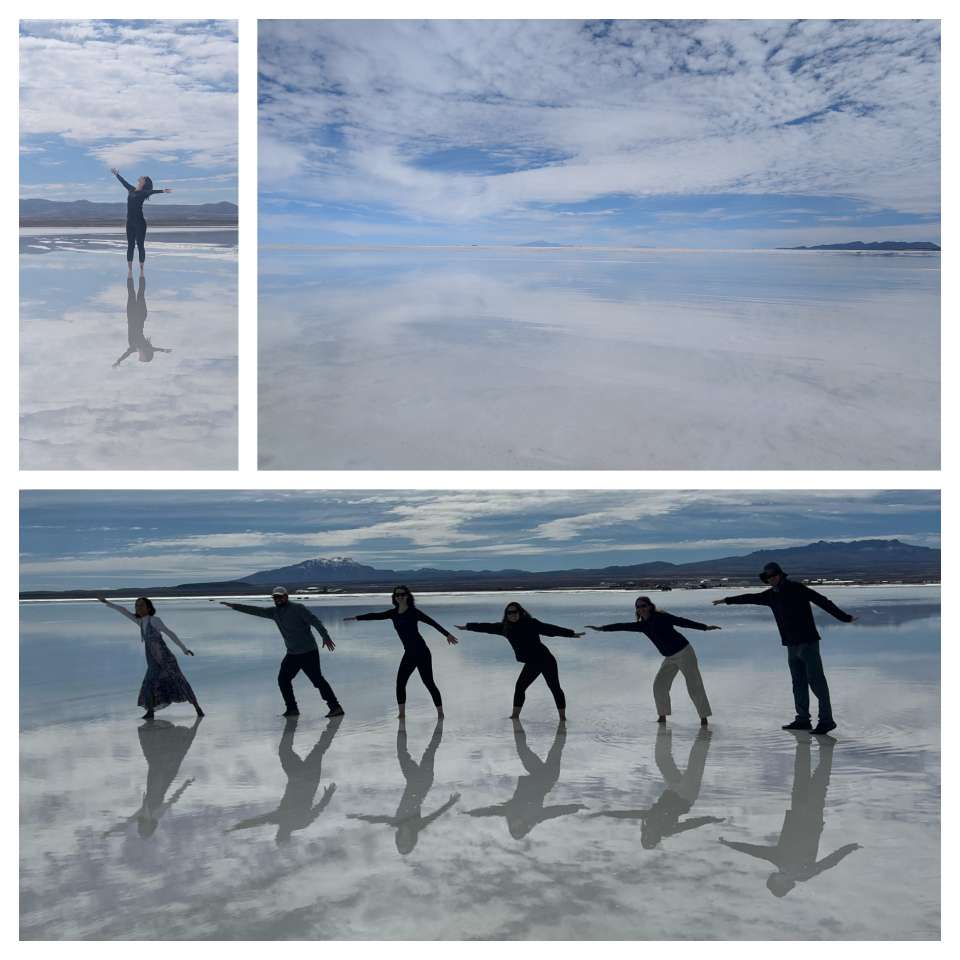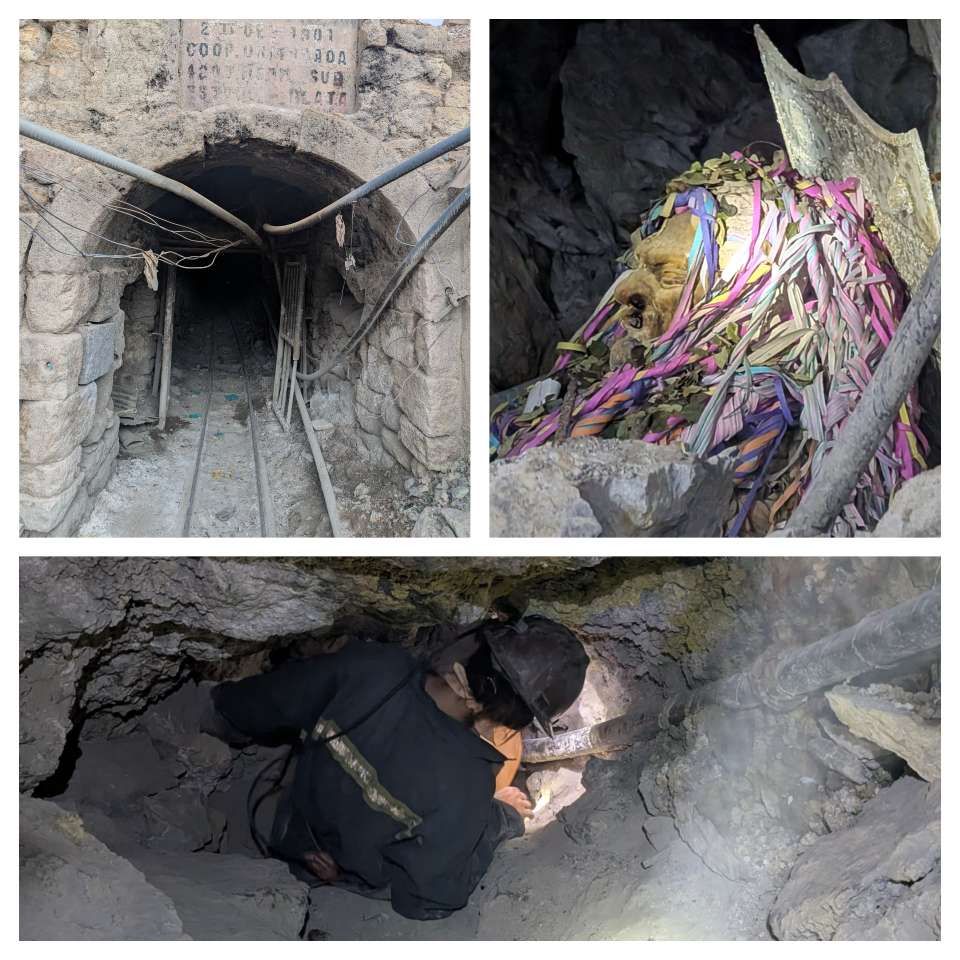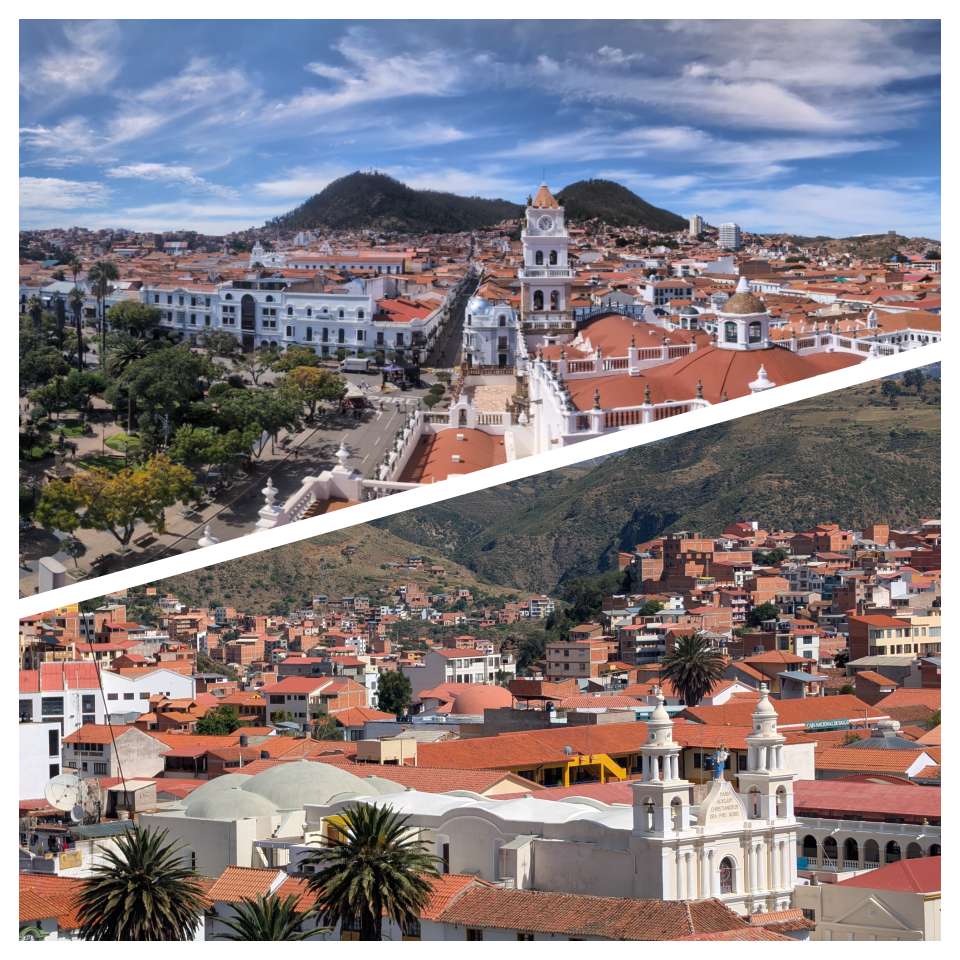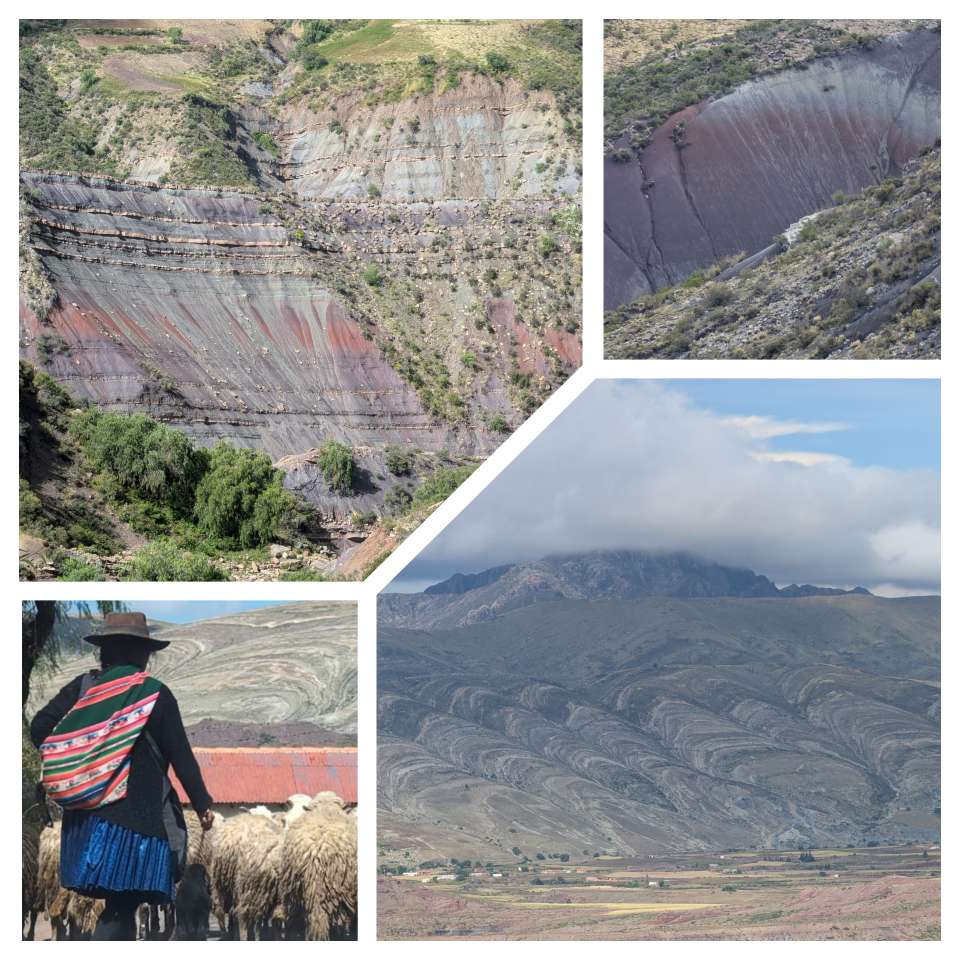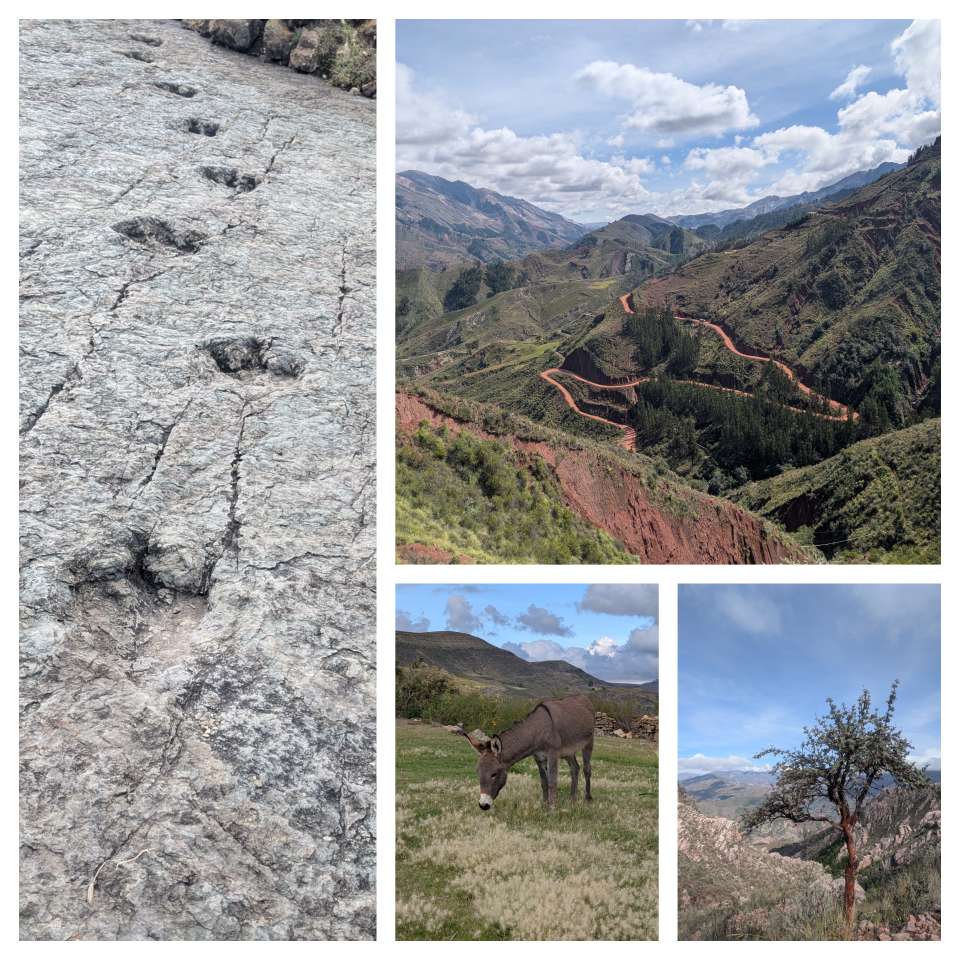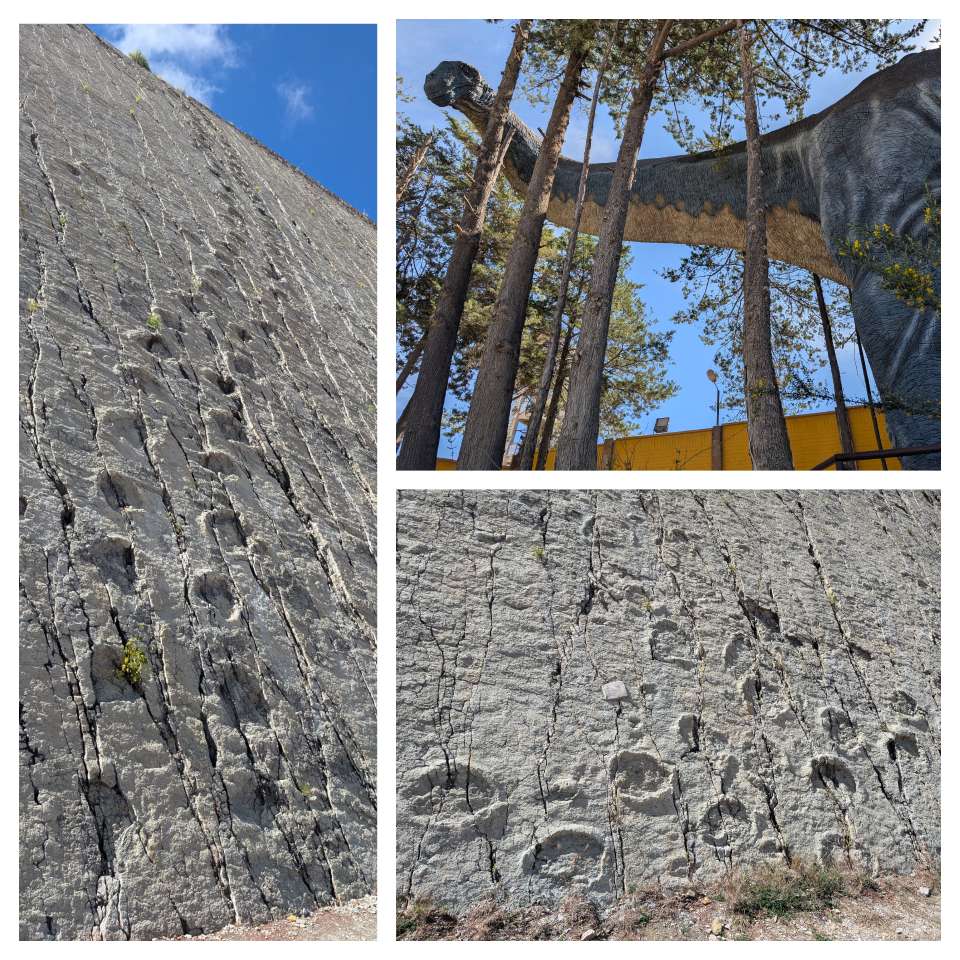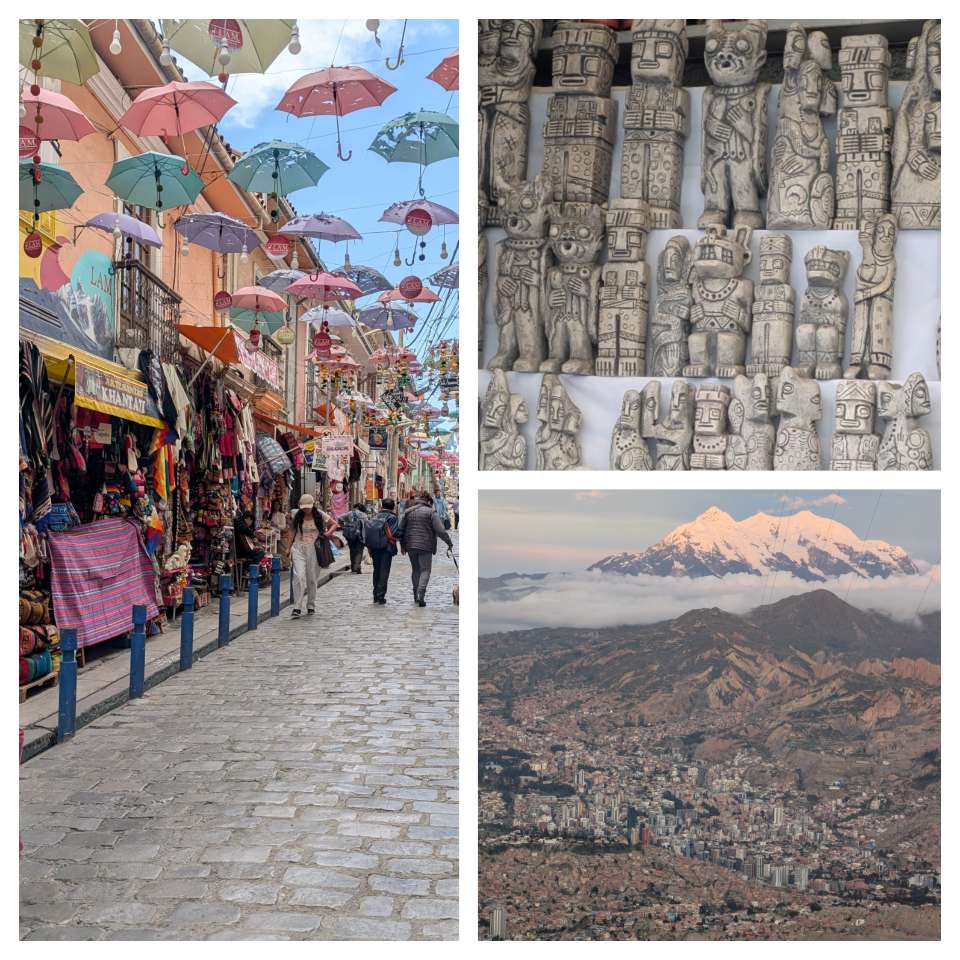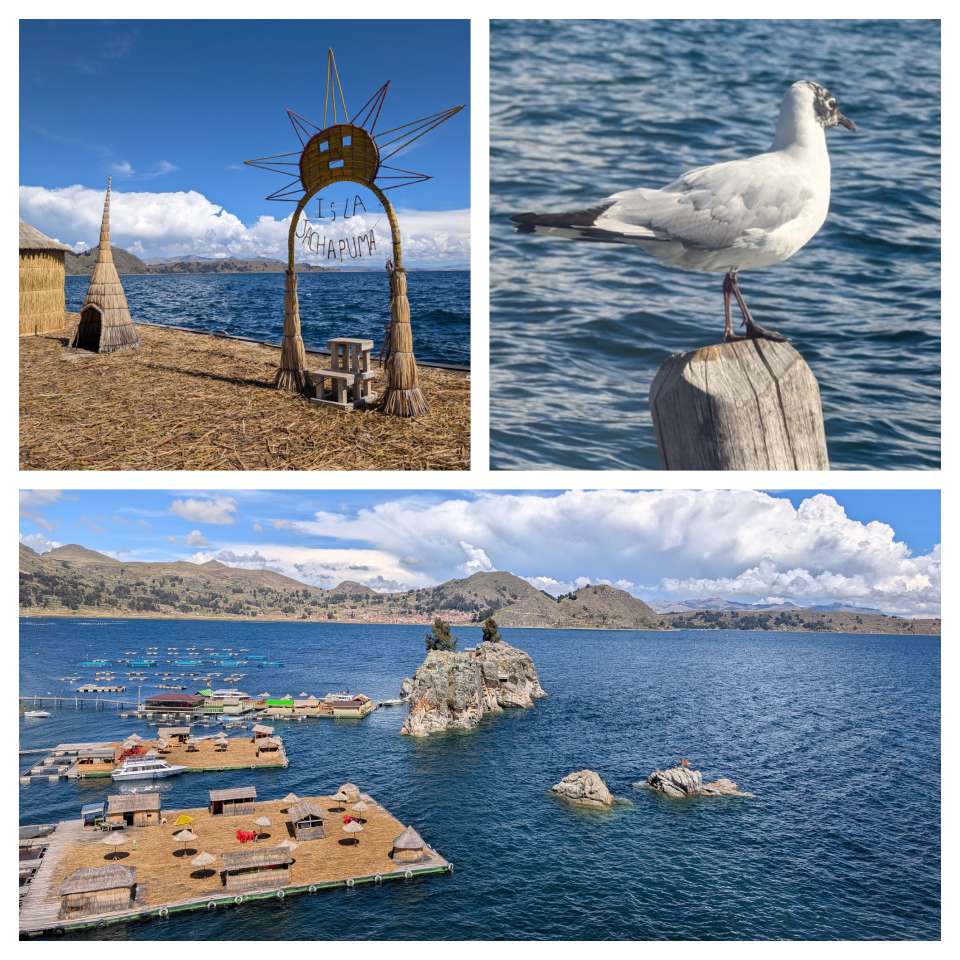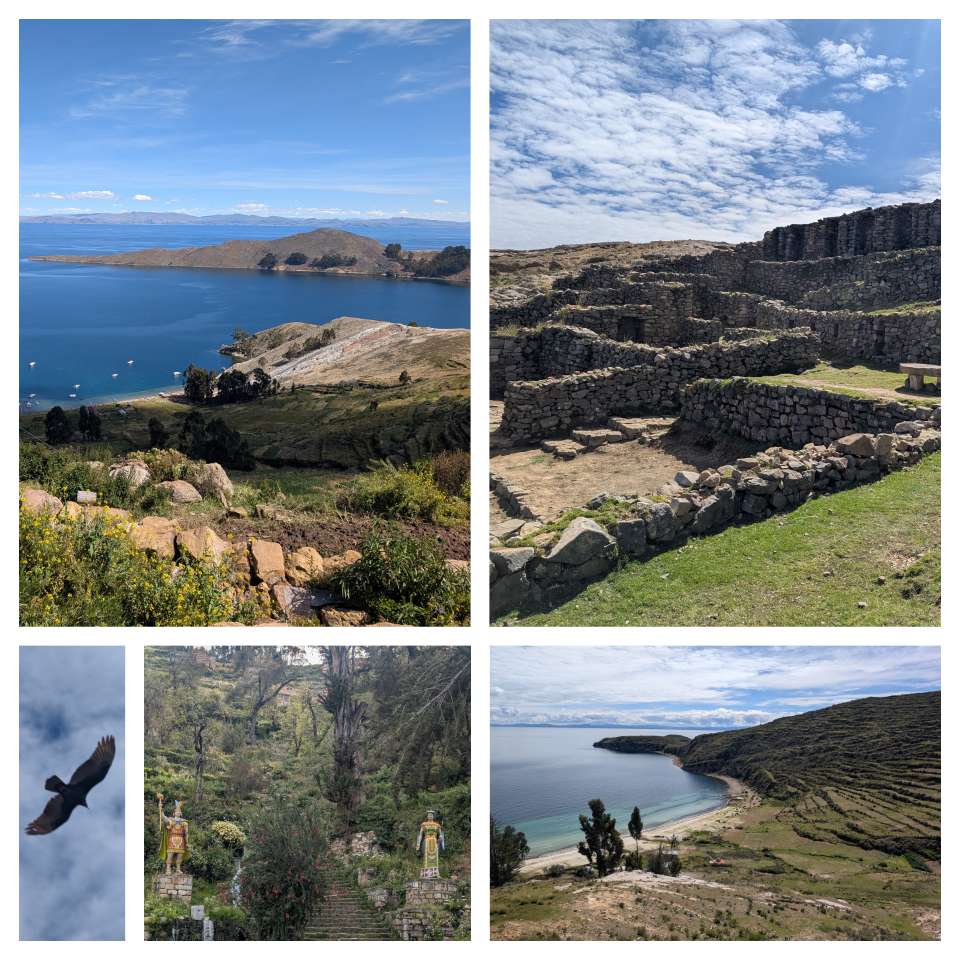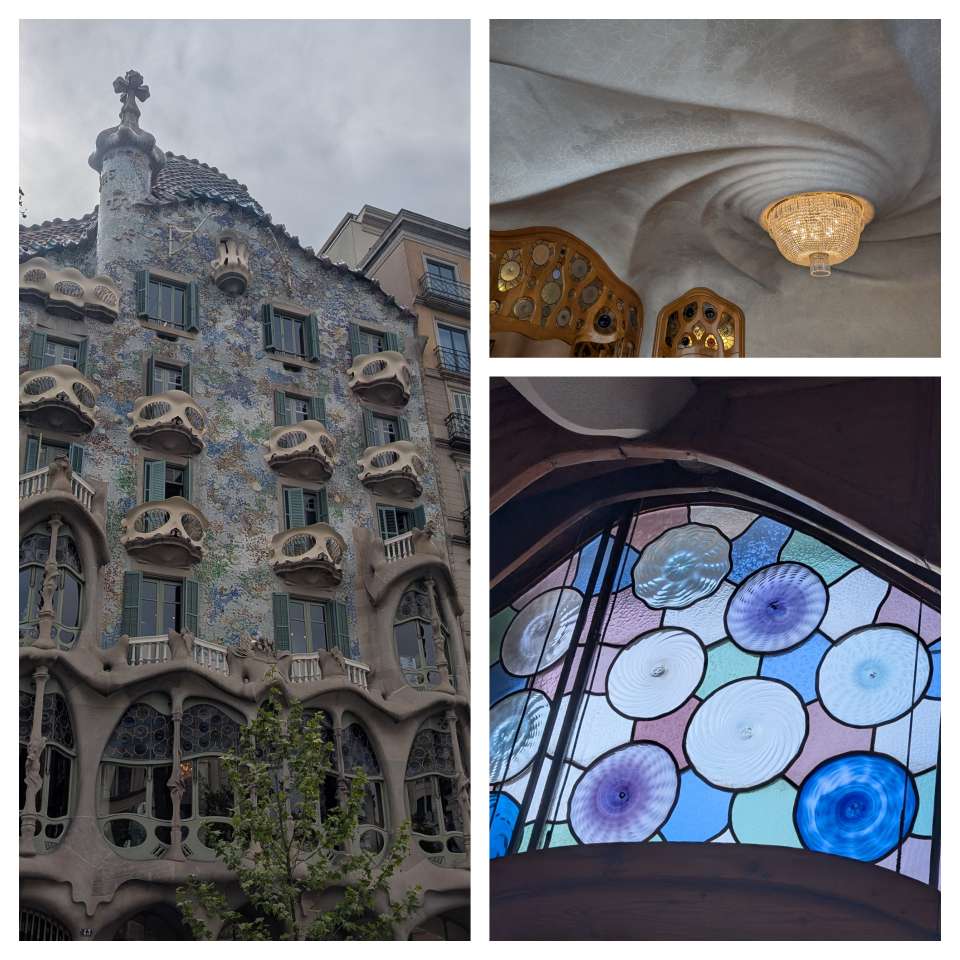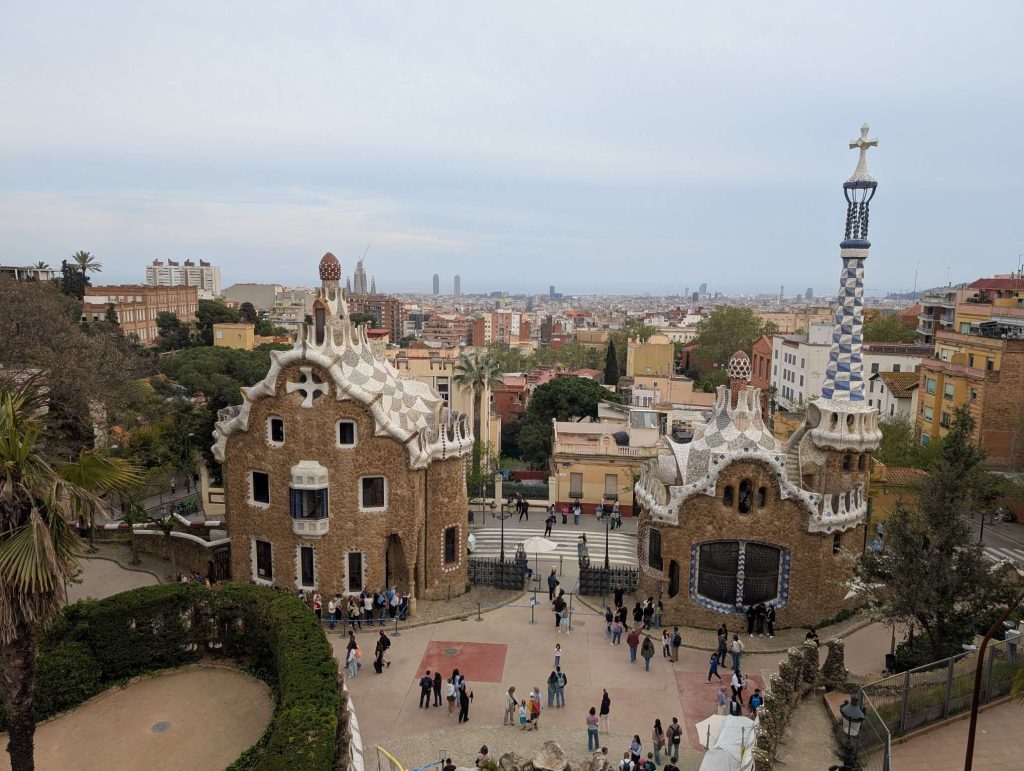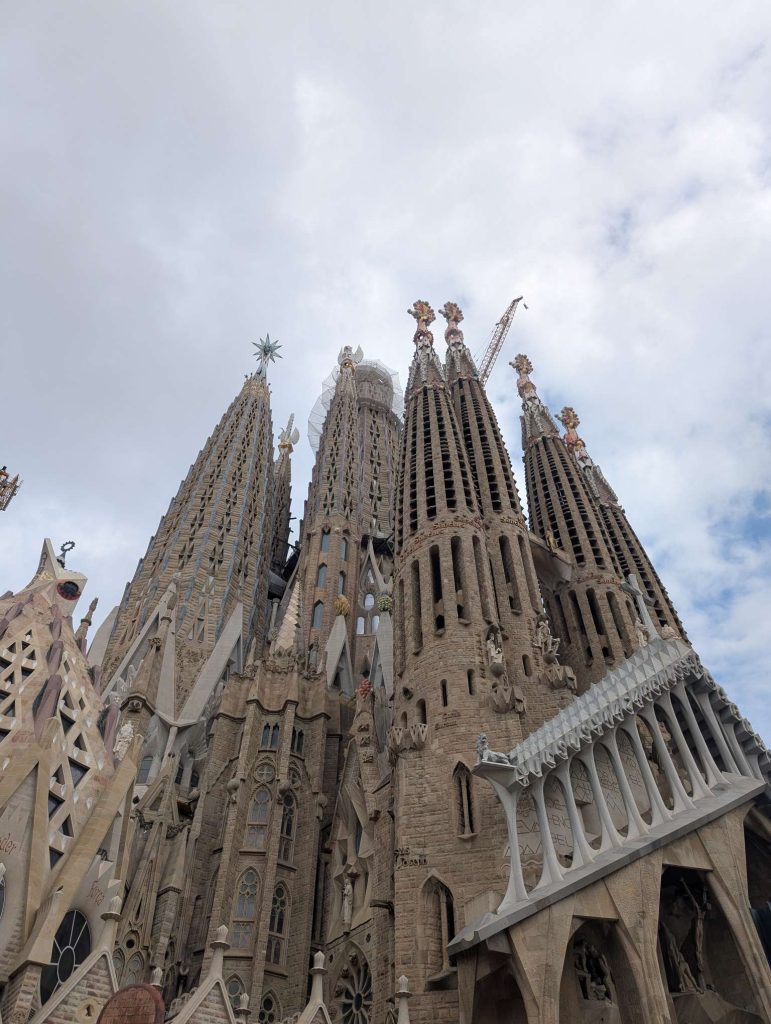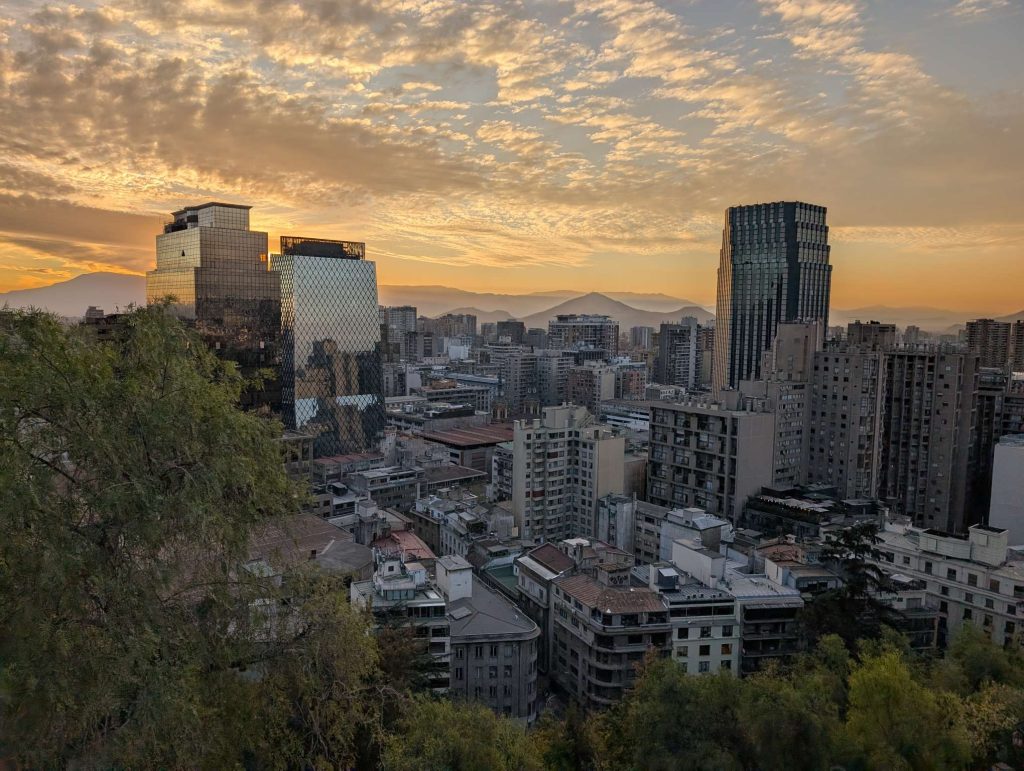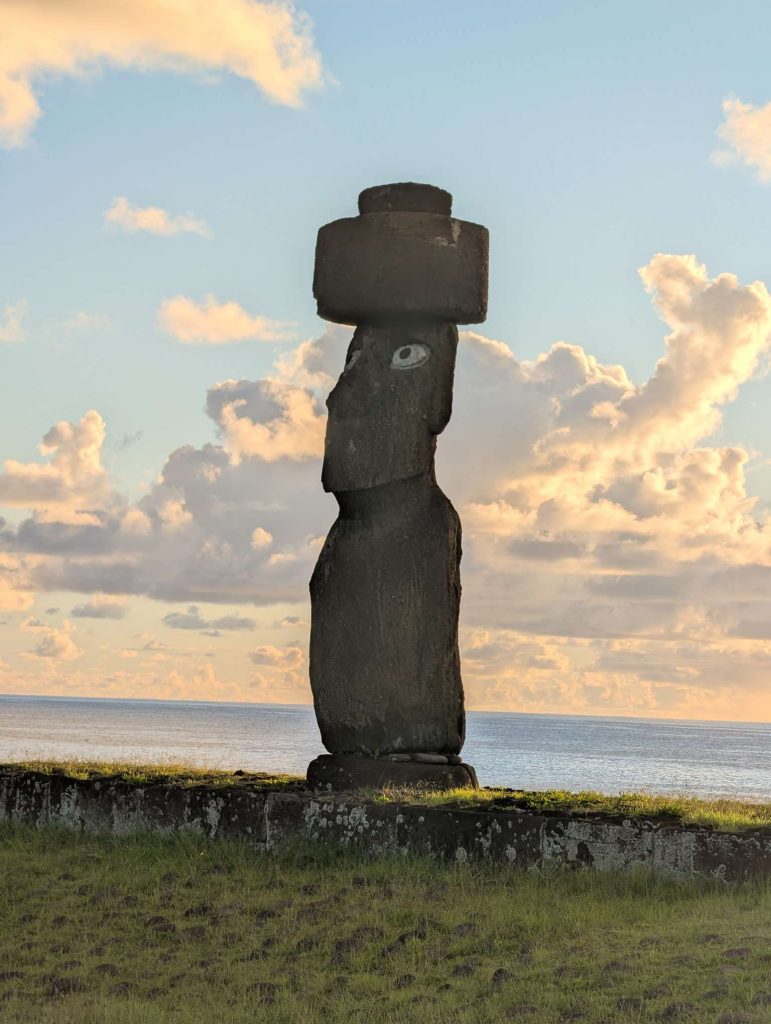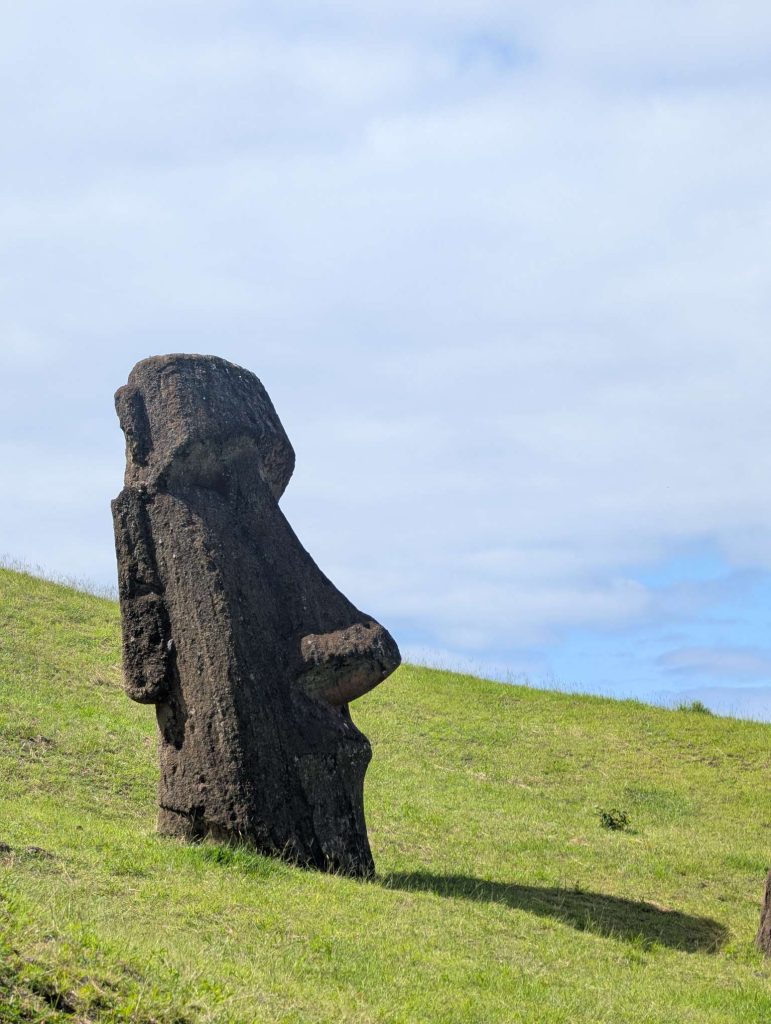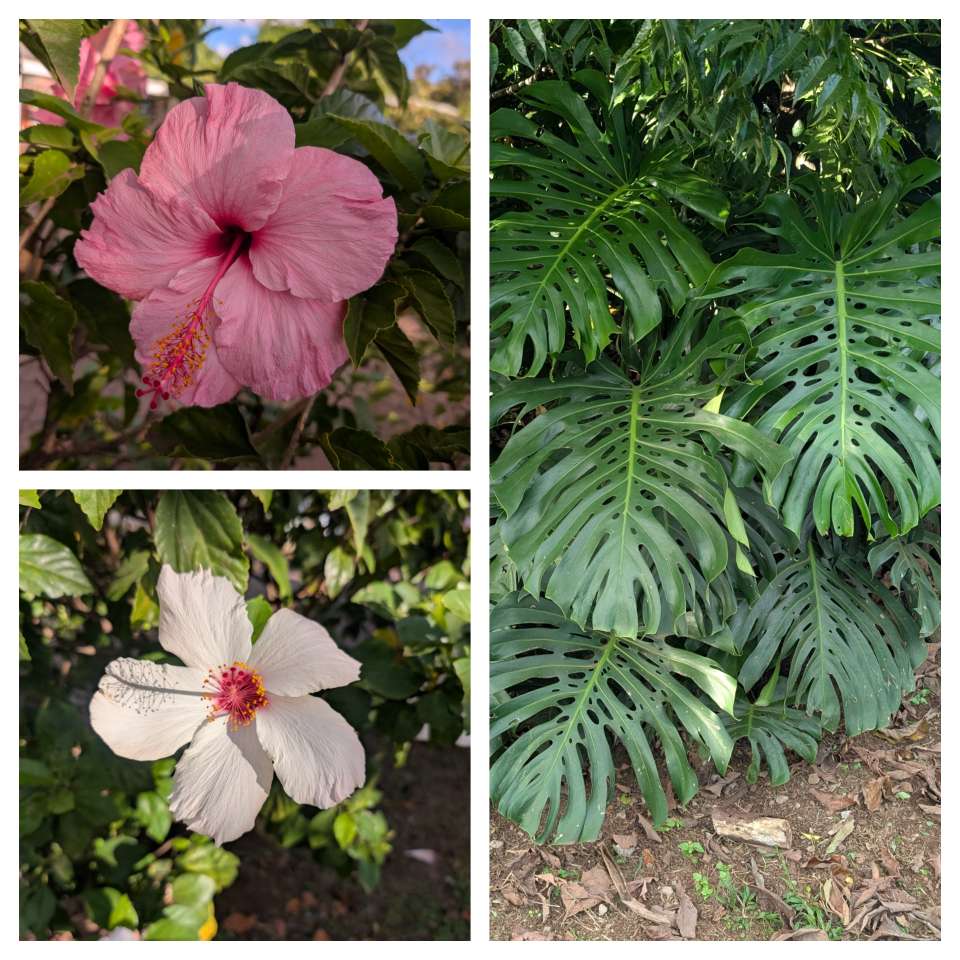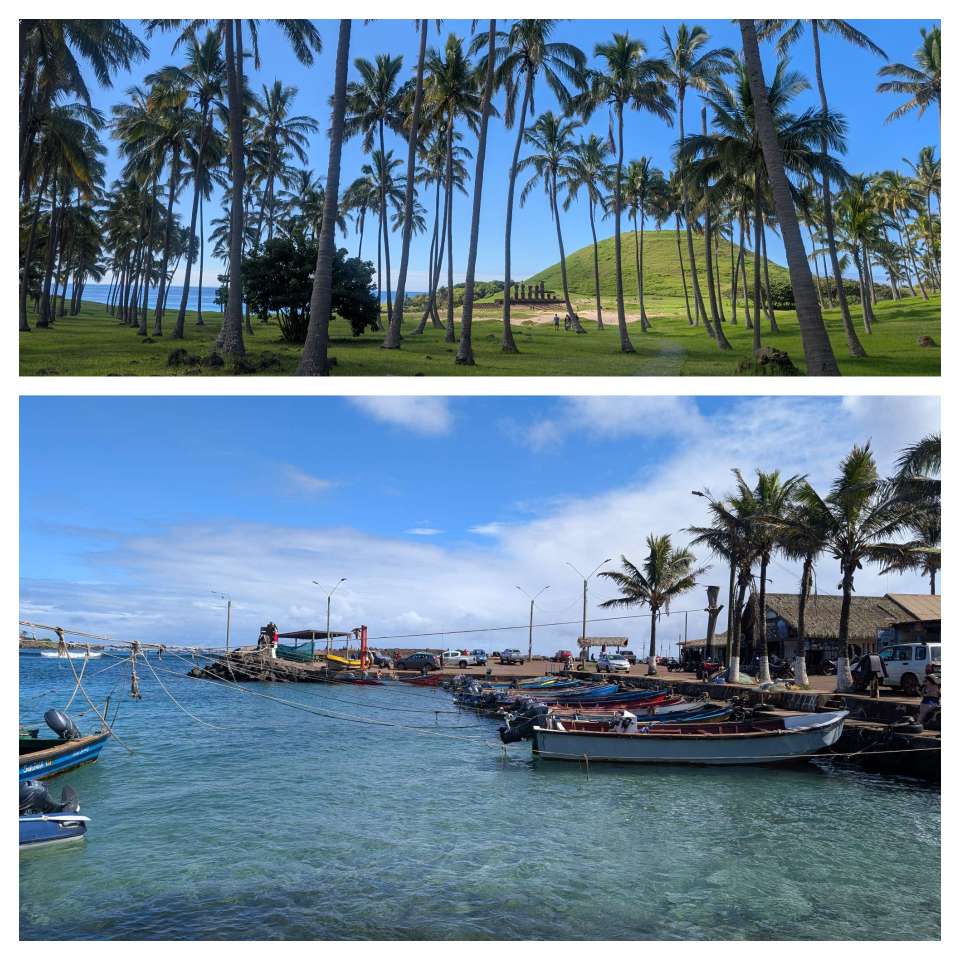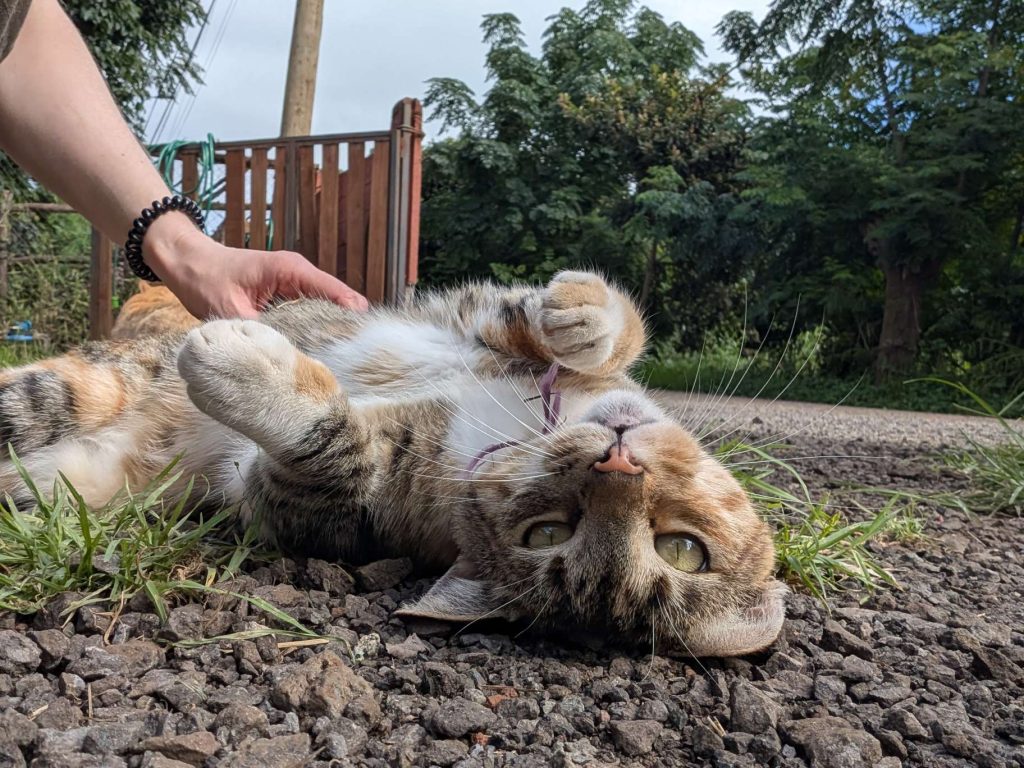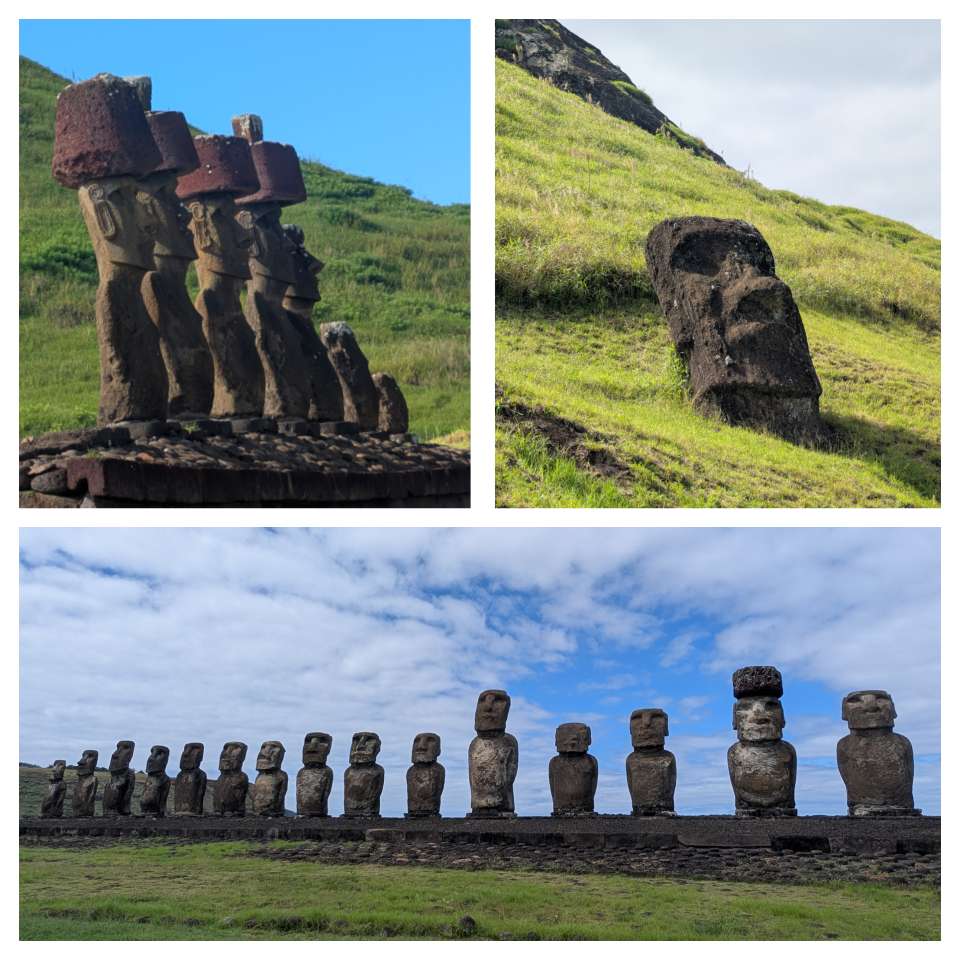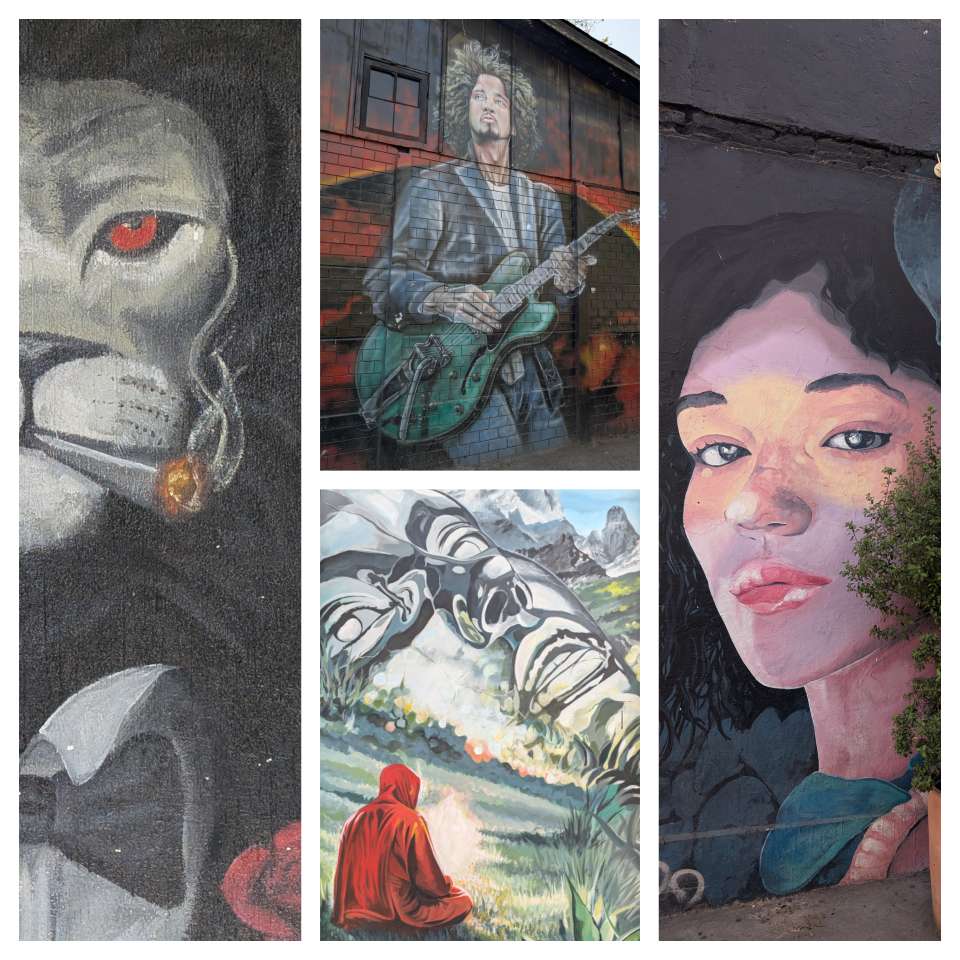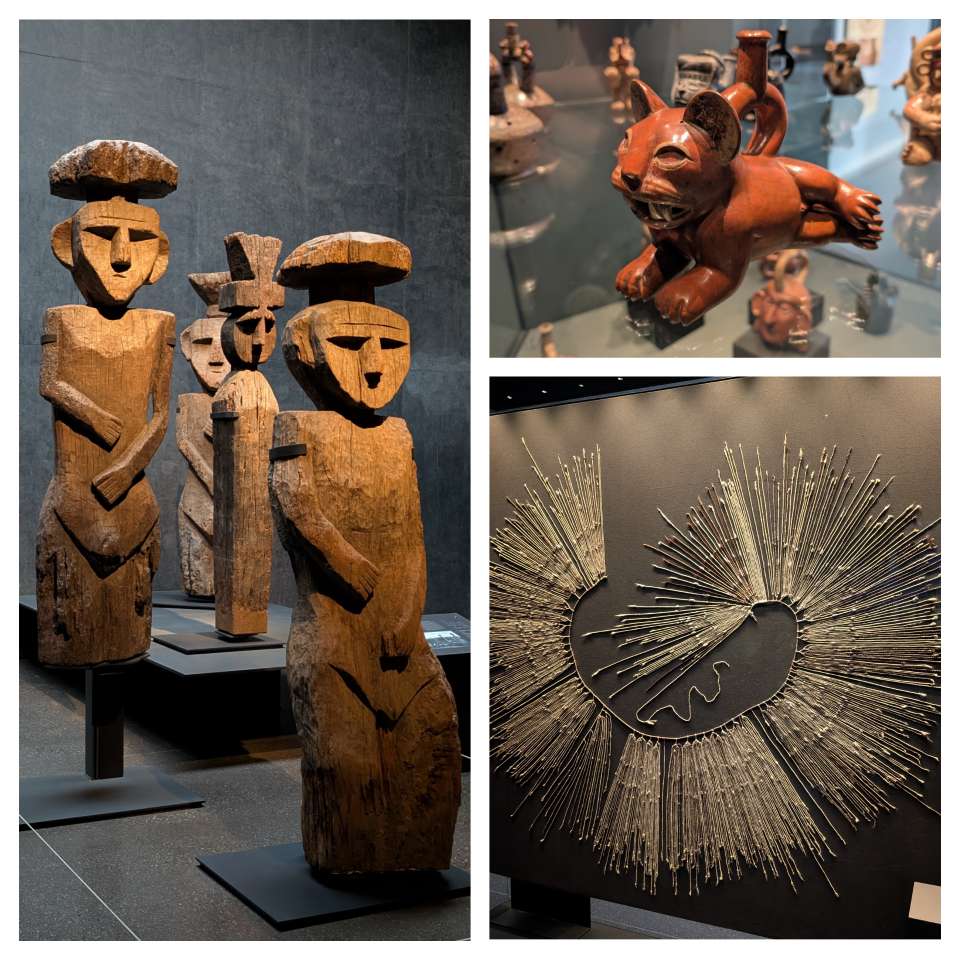Cusco, Peru
My first real stop after leaving Bolivia and arriving in Peru was Cusco which I mostly saw as the base for visiting Machu Picchu. And I was going to do just that, and more than once. My friend Maťo and I booked the five night Salkantay trek together a few months ago, and we were meeting up here. And once our trek was done, I was also meeting Nathan in Cusco.
As I mentioned in my last post, my journey from Copacabana involved multiple long bus rides. Whilst the night bus I took was genuinely excellent, I still got very little to no sleep, which I ended up compensating for by falling asleep on the reception sofa in the very early morning. By the time Maťo arrived at the hotel a few hours later, I was curled up in a ball, wrapped in both a blanket and my puffy jacket, and basically unresponsive. I didn’t even wake up. Once we were able to go to our room, we both just crashed for multiple hours. We only properly said hi and started chatting later that day.
We planned to take two days in Cusco to acclimatise to the altitude – Cusco itself is at 3400m and the trek we were about to do peaked at slightly above 4600m above sea level. Two days gave us enough time to wander around the city, try a few nice restaurants and visit the Cusco market.

Oh, and I coincidentally bumped into Tian (my Uyuni friend) again in the vegan restaurant in the Cusco market! The backpacking world can be so big and so small at the same time.
Salkantay trek to Machu Picchu, Peru
When it finally came to leaving Cusco and starting the trek we were both buzzing. The beginning included a drive on progressively worse and worse roads, and Maťo’s slightly terrified reactions made me realize how much I got used to narrow dirt roads on the edge of cliffs in the last few weeks (thanks Bolivia). We didn’t actually get to hike that day (apart from a short walk to our accomodation needed due to a recent landslide… of which we’d see so, so many during the next few days).
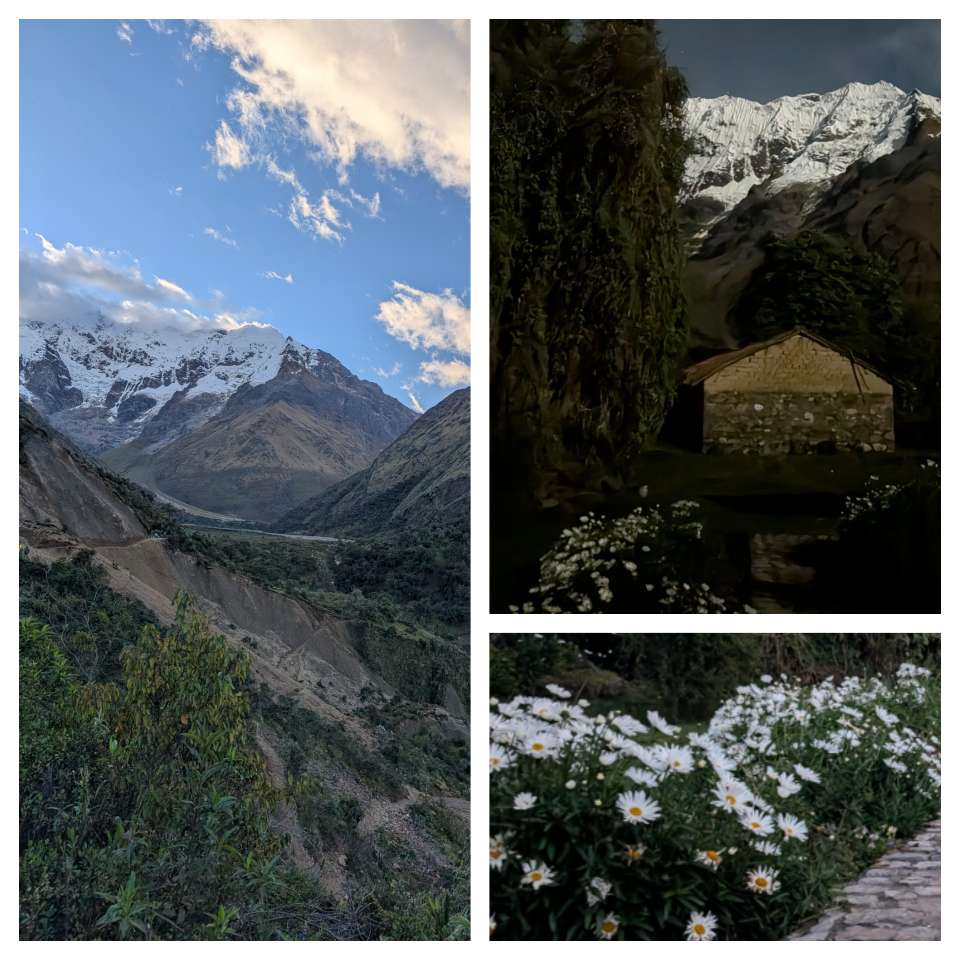
We stayed in glass cabañas, which was a fancy way of saying a cold shack with a glass roof, where you still need a sleeping bag. However, we had a beautiful view of a snowy mountain, and the area was full of daisies, so I really couldn’t complain. We were also pleasantly surprised by a very nice dinner and later on breakfast. This turned out to be an ongoing theme, and the food on this trek was excellent the whole time.
After our first night, the day of hiking started bright and early. The first day was meant to be the longest, as it included hiking to Humantay Lake, and then through the Salkantay pass, adding up to about 22 km. It was also the hardest, because the Salkantay pass is the highest part at the altitude of 4600 meters.
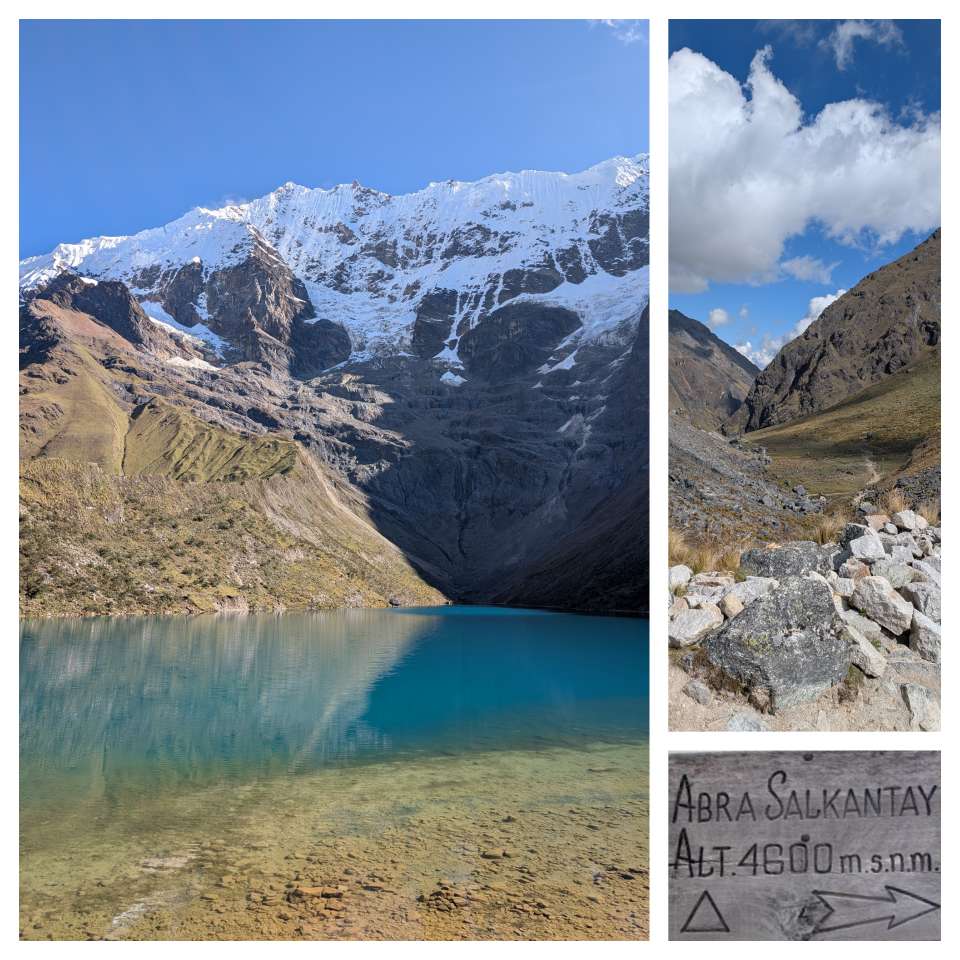
I’ve never seriously hiked at altitude before, and I have to say it’s a lot harder than at sea level. The air was quite thin, and I constantly felt out of breath. Slow and steady was the only way to go. However, Humantay Lake was beautiful! Seeing it instantly reminded me why I’m doing this, and made me feel it’s absolutely worth it. We’ve also had some beautiful views of the Salkantay mountain and its surroundings along the way.
Unfortunately, towards the end of the grueling ascent to the Salkantay pass, the weather turned for the worse. It felt like we’re in the clouds, with not much to see around us apart from the sign that informed us we have made it. Feeling both proud and tired, we still had three hours of descent in front of us before getting to our camp. Surprisingly, these last hours of descent were possibly the hardest part of the trek. The motivation was somewhat gone now that we’ve reached the pass, and there was not much to look at either apart from the thick fog surrounding us. I think we all just wanted to have dinner and go to sleep.
The next day mostly consisted of descent. We covered about 18 km, and by the end of the day I was glad I let my friend talk me into renting hiking poles, as I was really feeling my knees (I feel like I shouldn’t be saying these words in my thirties…) and could tell it would have been a lot worse without them. The scenery has changed dramatically from mostly rocks and bits of grass to more of a forest and jungle, and lush vegetation in the valley. This was a very welcome change and made the hiking a lot more interesting. We spent the night at a hobbit house (still in sleeping bags), but the greatest pleasure was having the first hot shower since we began!
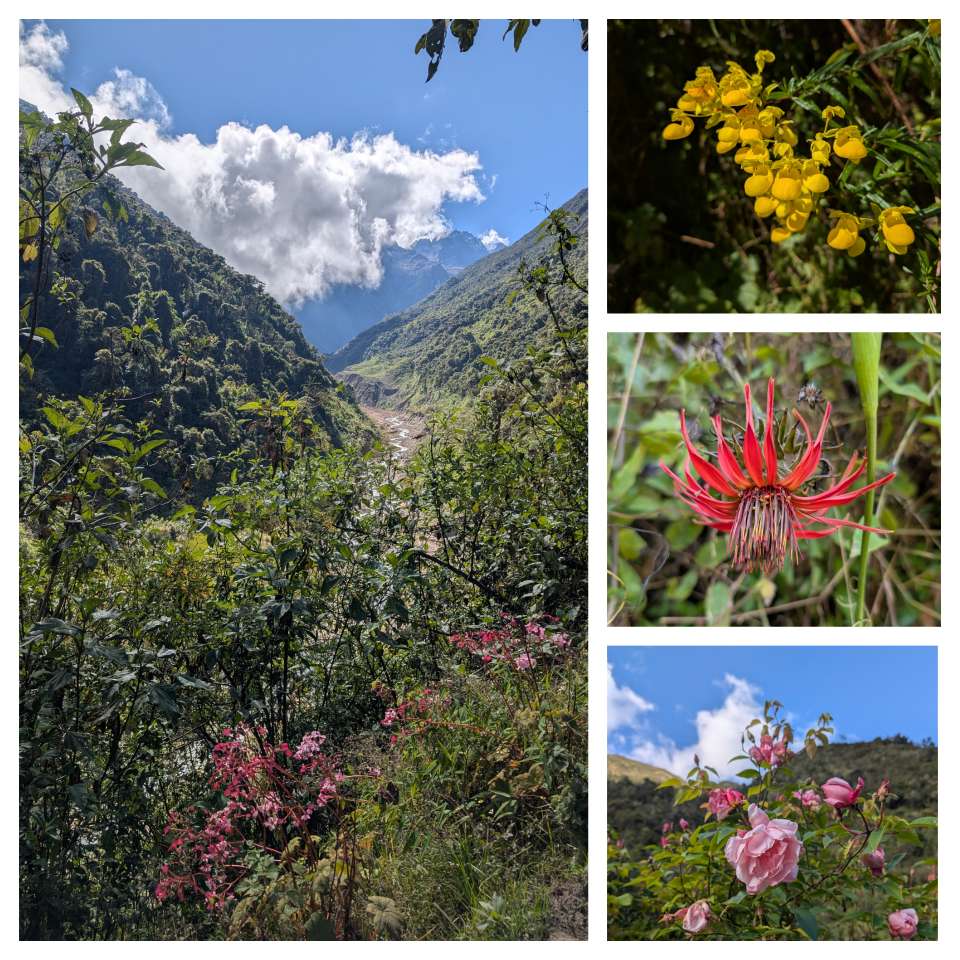
Day three was a mix of ascent and descent. We walked breezy 12 km, had an incredibly tasty lunch and a coffee tour at a local farm including harvesting, processing, roasting, grinding and finally drinking it, and tasting a few coffee flavored liqueurs.
Towards the late afternoon we arrived at a beautiful, sunny meadow, next to a group of llamas, and most importantly we saw our first sight of Machu Picchu in the far distance from here. It was also the first time we had a phone signal since the start of the trek, and there was something very charming about everyone sitting or lying in the grass and calling their friends and family to say everything was going well. We spent another night in a tent, with a campsite view of Machu Picchu.
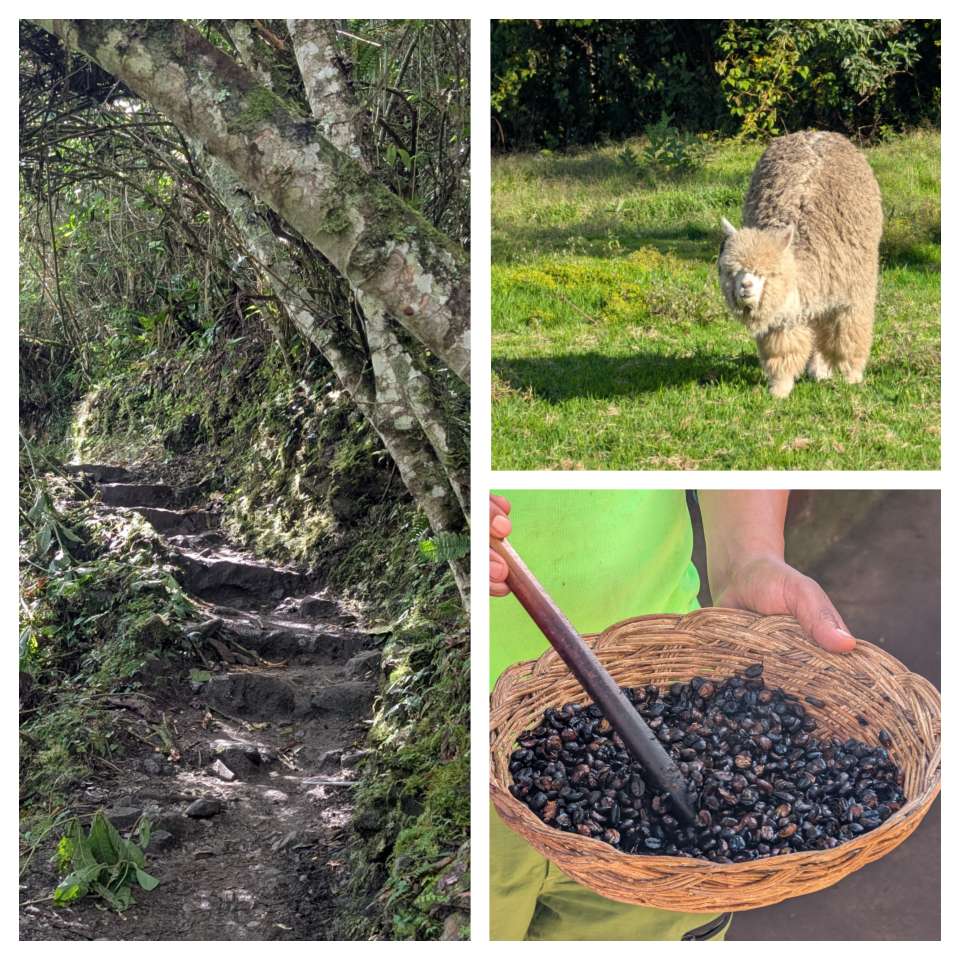
Day four was the last hiking day! The walk was about 15 km, and brought us to the town of Aguas Calientes (aka Machu Picchu Pueblo). A large part of it was walking alongside the railway and wasn’t particularly scenic, but the prospect of arriving at a real hotel, sleeping in a real bed (without a sleeping bag for the first time!) and having yet another hot shower was extremely appealing. Also, clean laundry. Maťo was very proactive and went to a laundromat, which meant clean clothes for both of us the next day. It’s hard to explain just how satisfying that was.
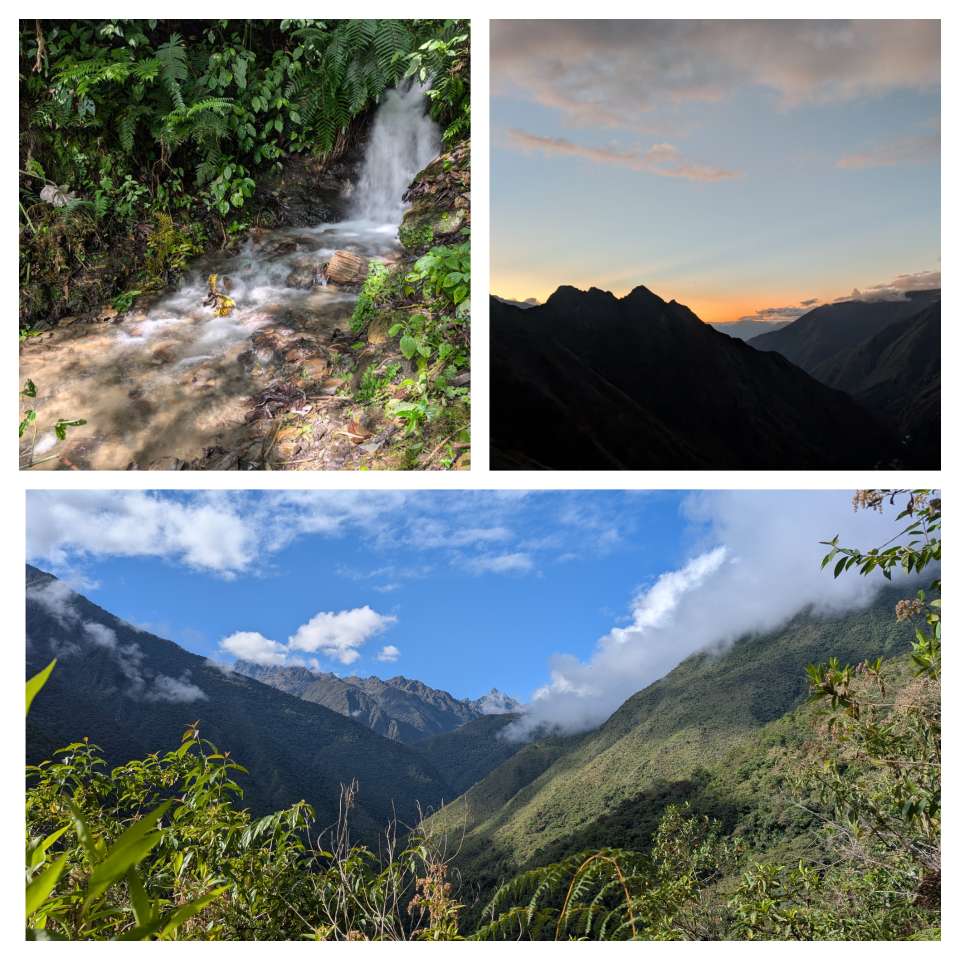
The ultimate day of our trekking adventure consisted of finally seeing Machu Picchu. We had Circuit 3 tickets for 6am, which meant being in the first group entering. And boy, was it worth it!
Seeing the Huayna Picchu mountain covered in clouds slowly reveal itself, whilst the entire place was completely empty was magical! I wouldn’t describe myself as a spiritual person, however it did feel very special to be able to experience this historical monument in such a beautiful, unspoiled way. I often feel a bit of nervousness about whether something I’ve been looking forward to is really going to be worth it, but I can easily say Machu Picchu was. The sacred Inca town was very impressive, and so was its location and incredible surroundings.
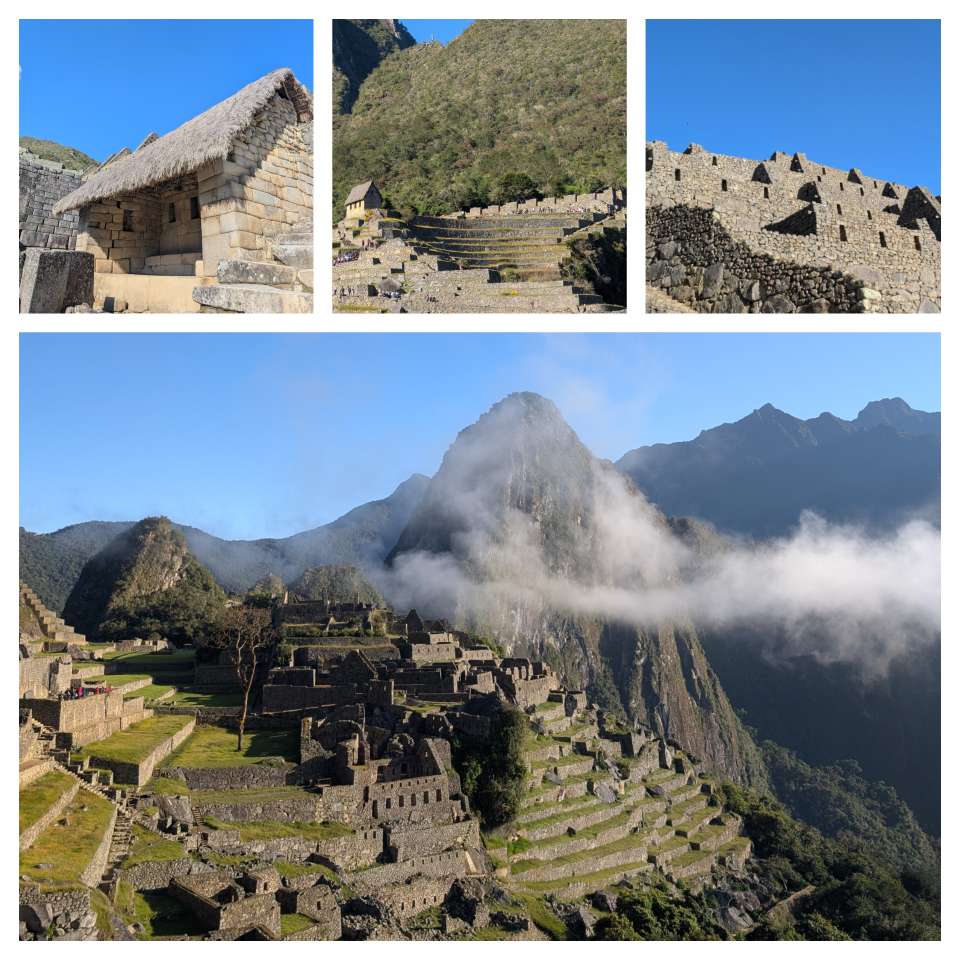
After all this, we got a train back to Cusco, and Maťo and I said our goodbyes again over a cheap dinner. We both loved the entire journey, and it filled me with pride and joy that we both managed to experience something on our respective bucket lists together.
Cusco, Peru
Once I was back to Cusco, I had exactly one day before I was meant to meet up with Nathan. I decided not to waste it, and booked an extremely early morning hike to Rainbow Mountain (which I knew we wouldn’t be able to do together due to lack of time and altitude acclimatization). I was very excited about it despite my tiredness and exhaustion.
I woke up at 3:30 am and patiently waited for a van to pick me up… and it never came. I was gutted! It turned out they simply forgot about me. Given my determination to make the best out of this day, I’ve managed to get in touch with the tour office and get them to book me onto a Sacred Valley tour which was leaving later that morning instead. It included multiple stops, most notably Maras salt mines, Moray with its circular Inca terraces resembling amphitheaters, and the ruins in Pisac and Ollantaytambo. This was certainly a very fast paced whistle stop tour, you could spend a lot more time at each of these places, but I thought it was still worth it.
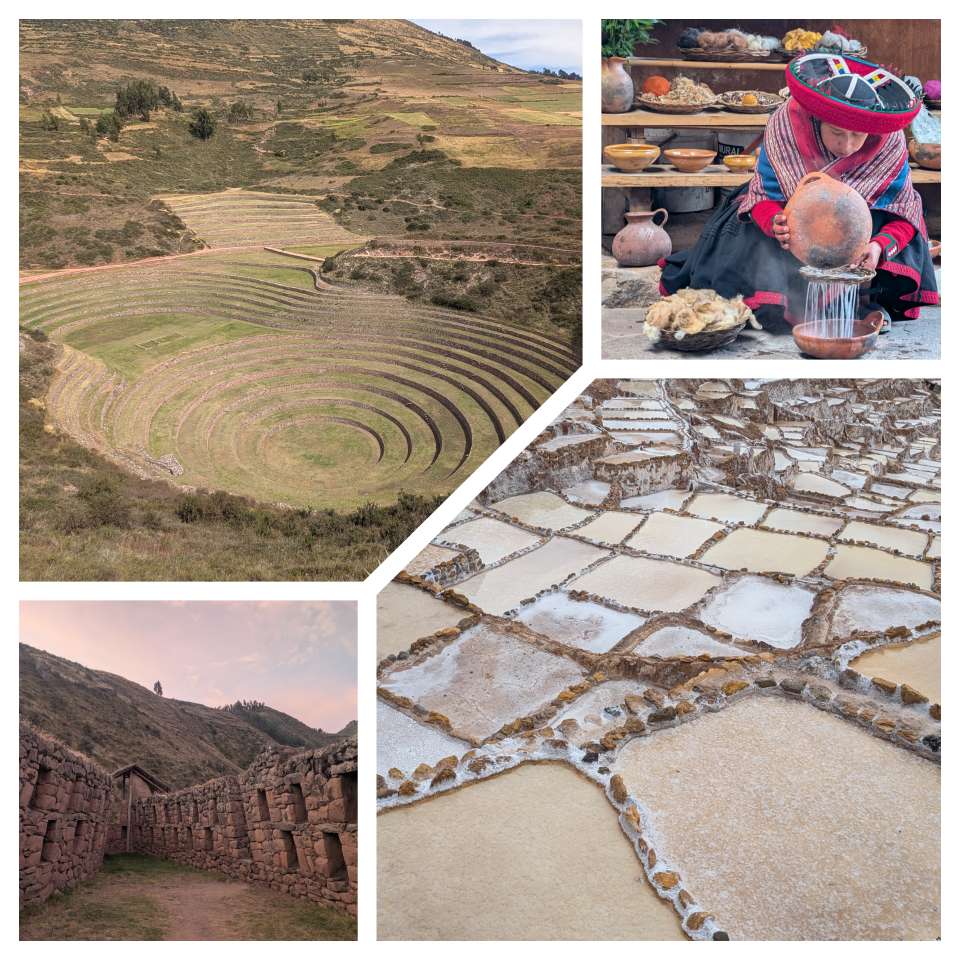
The next day I finally met up with Nathan again. He arrived pretty tired with an epic jet lag, so we planned to spend the next few days just taking it easy. However, he was also mildly ill, which got progressively worse over time. All this proved to be a pretty awful combo, making for a really rough start of his journey.
After a few days, we hesitantly took a train to Aguas Calientes (this was already pre-booked), because we were planning to visit Machu Picchu together. I couldn’t let him come to Cusco and not see it!
Aguas Clalientes, Peru
Once we arrived at Aguas Calientes it became clear that Nathan was definitely not better enough yet, so we decided to take a few more days to just do nothing. And this time I really mean nothing – Aguas Calientes really isn’t a place where you can do anything else, apart from visiting Machu Picchu. As Nathan got somewhat better, I caught at least part of his illness, which really made me feel both horrible and even more sorry about how he’s been feeling.
Several more days passed, and we finally decided to start queueing for the Machu Picchu tickets (we failed to buy them sufficiently ahead of time online – luckily so because we wouldn’t have been able to go earlier anyway). This involved getting there at four in the morning and standing on the pavement for over three hours, just to be able to queue again later in the afternoon… it’s an insane system, and I can only describe it as a frustrating and anxiety inducing experience.
Luckily, after all that we did actually get the tickets we wanted, i.e. Circuit 2. This included a different and arguably more complete route than the one I’ve already done, most notably the Upper Terraces which I haven’t seen before.

Visiting Machu Picchu for the second time was still incredible, and it was exciting to see different areas of it. I convinced Nathan that the 6 am slot was worth it, so we were able to enjoy some amazing views together, and take some nice pictures without the hoards of people. And most importantly we timed it well, and we both felt well enough (albeit a bit tired) to actually be able to enjoy it together.
Later that day we also visited a butterfly museum, a small but educational place with various conservation efforts in place.
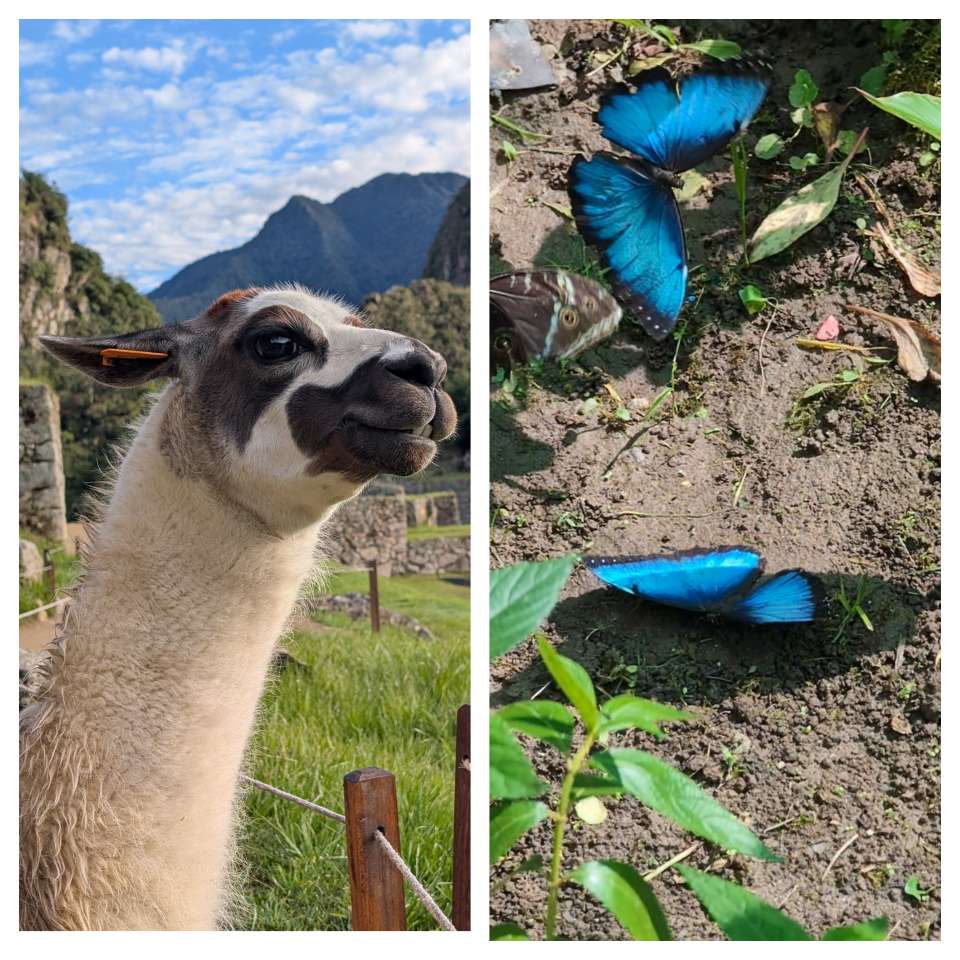
Frankly, by the end of our visit to Aguas Calientes we both couldn’t wait to get out of there. We stayed way longer here than we ever intended.
We took a train and a bus back to Cusco, and then a subsequent flight to Arequipa the next day.
Arequipa, Peru
Our next stop, Arequipa, was thankfully very different! The centre felt a lot more laid back, but full of good coffee places and restaurants. We spent a day just relaxing and enjoying some excellent gelato.
On day two we went wild water rafting in the Rio Chilli for two hours. I obviously loved this. Given Nathan is not super keen on water, I was very proud of him for doing this, and happy he didn’t hate it, and even (mostly) enjoyed it.
Colca Canyon, Peru
After spending two days in Arequipa, we decided to visit the famous Colca Canyon. We signed up for a fairly relaxed two day tour, which ended up being really great.
At the start we visited something called the stone forest – imagine the strangest rock formations. We also went through a national park with loads and loads of llamas, but even more importantly loads of vicuñas. This was the first time I managed to see them up close, which I was very excited about. They look super cute, and I could easily watch them for hours (although unfortunately we didn’t do that).
We spent the evening soaking ourselves in natural hot pools before dinner, which was just the perfect way to end the day before heading to a nice hotel.
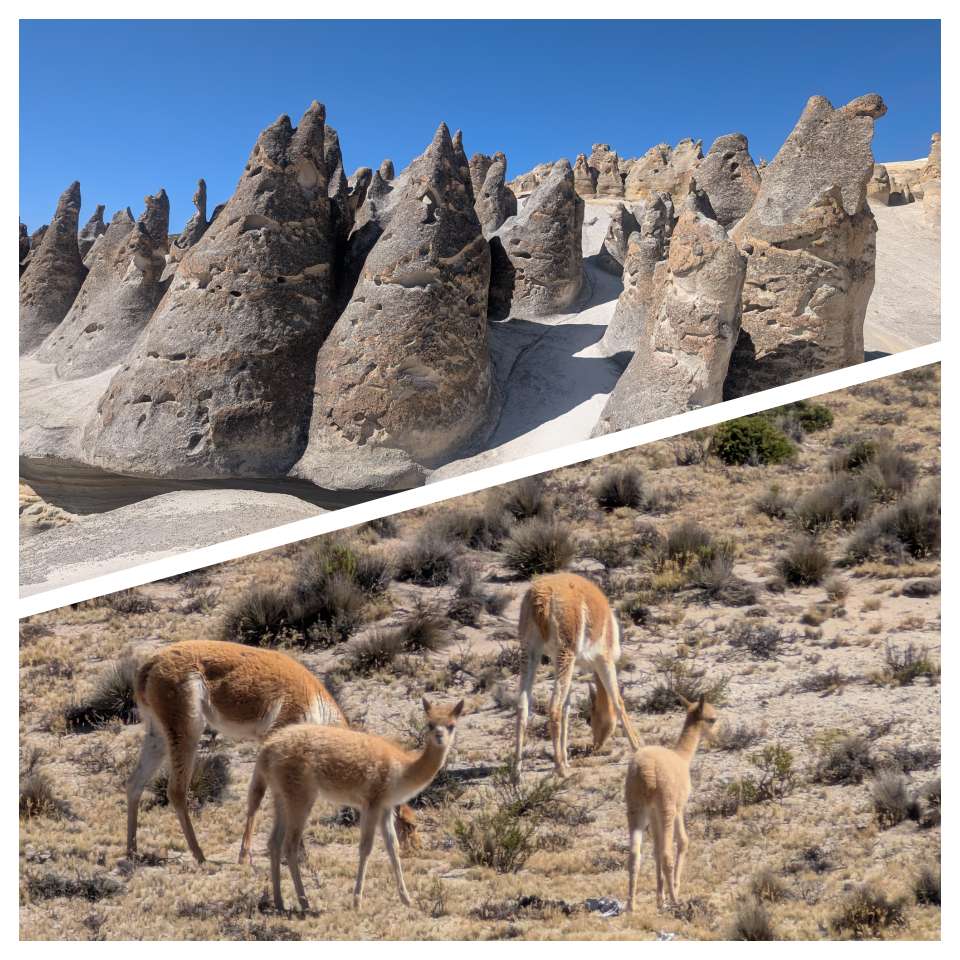
Day two included an early wake up (most things here do… Nathan is somewhat begrudgingly learning that). Colca Valley is mostly famous for being a good place to watch the majestic Andean Condors, some of the largest birds in the world. It turns out that the reason this is a good place to spot them is because during the early morning hours they fly from the bottom of the valley to the top due to certain thermal conditions.
Watching the valley at first felt like we were there to just stare at a bunch of rocks. This wasn’t too upsetting, because the scenery itself was quite impressive too. However, after some time, someone finally whispered “look over there!” with excitement, but also restraint so as not to spook the birds. And indeed, we spotted a brief silhouette of a very large creature below us. I felt tense all of a sudden, it was almost like trying to spot some kind of monster in a horror movie, but instead of terror I was filled with exhilaration. Over time we managed to see quite a few of them flying nearby. Their wingspan reaches over three meters, and they looked very imposing. They rarely flap their wings, and instead mostly effortlessly glide through the air, looking almost as if they didn’t even belong to this world. As we were watching this incredible spectacle, one of them landed not too far from us. Later on another one flew very closely directly above us, a rare and very impressive sight. We left the tour feeling very lucky that day.

Arequipa, Peru
After returning to Arequipa, we visited the Santa Catalina Monastery. Without doing much research, I expected a small-ish museum, but was instead pleasantly surprised by something akin to an entire village, or even a small town. The streets were very picturesque, and I wish we could spend more time wandering around the place before closing time.
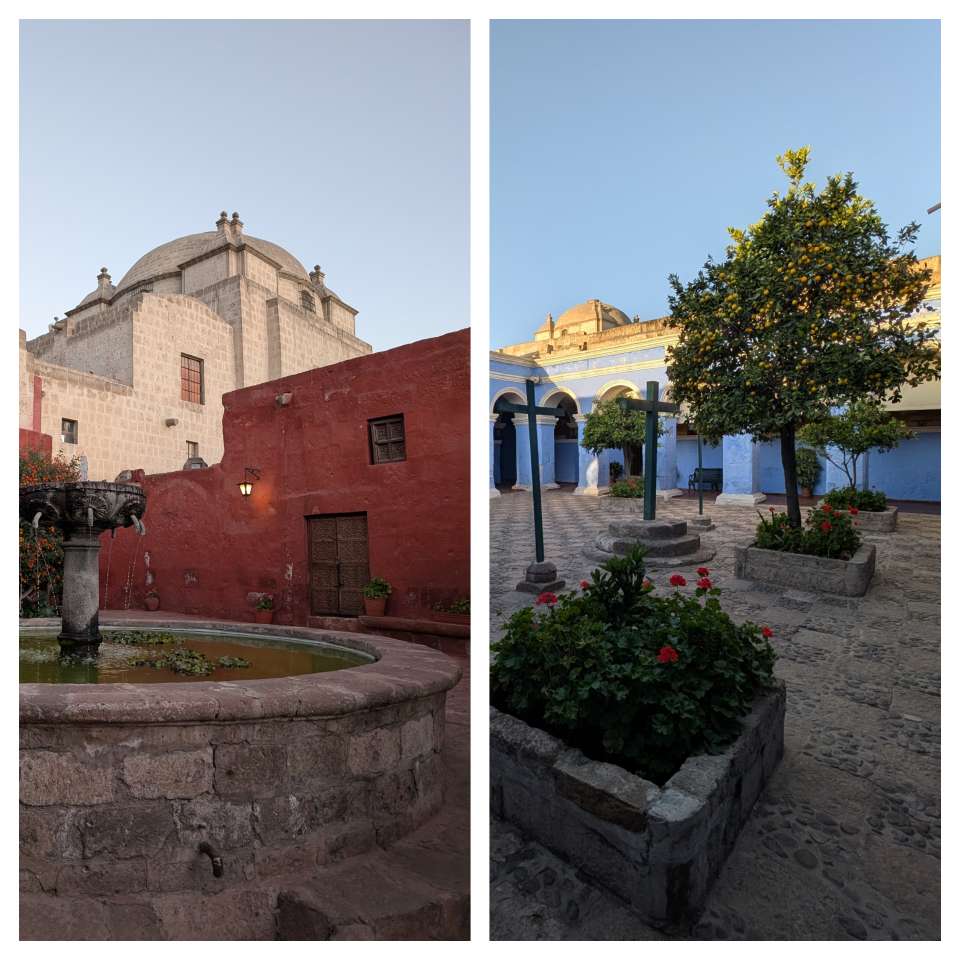
For our final day in Arequipa, we decided to split up – whilst Nathan did a cooking class, I went for a more adventurous activity and decided to finally try out proper outdoor rock climbing for the first time. I’ve been climbing and bouldering on and off for a long time, but never quite made it outdoors, so this was very exciting. I ended up in a small group of three girls climbing three routes (5A, 5B and 5C on the French scale), and even learning some lead climbing basics. The entire day was super fun, and it definitely made me think I want to do this a lot more in the future.
From Arequipa, we made our way up north – Huaraz.
Huaraz, Peru
We flew here, thinking this would be the easier and more restful route than the alternative of many hours of multiple buses. However, due to Lima airport (our layover) being a total mess at night, we arrived at Huaraz with only 4 hours of sleep. The first day was therefore mostly spent sleeping and having a fancy dinner.
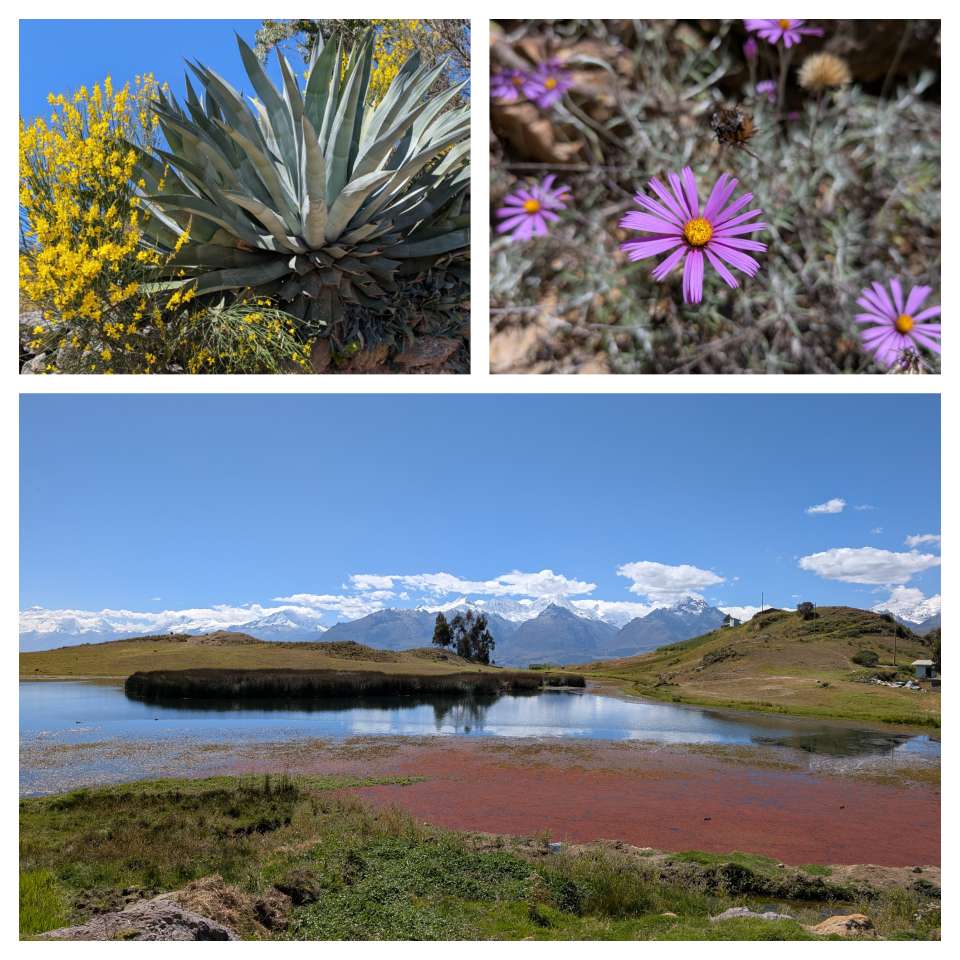
Huaraz is located between the mountain ranges Cordillera Blanca, Negra and Huayhuash. It’s famous for its incredible hiking, and I can say with certainty this is in no way exaggerated. The mountains contain a myriad of lakes, many of which look absolutely photoshopped, except they’re definitely real and stunningly beautiful. The trails are surrounded by wildflowers. The snowy peaks and glaciers add the final cherry on top.
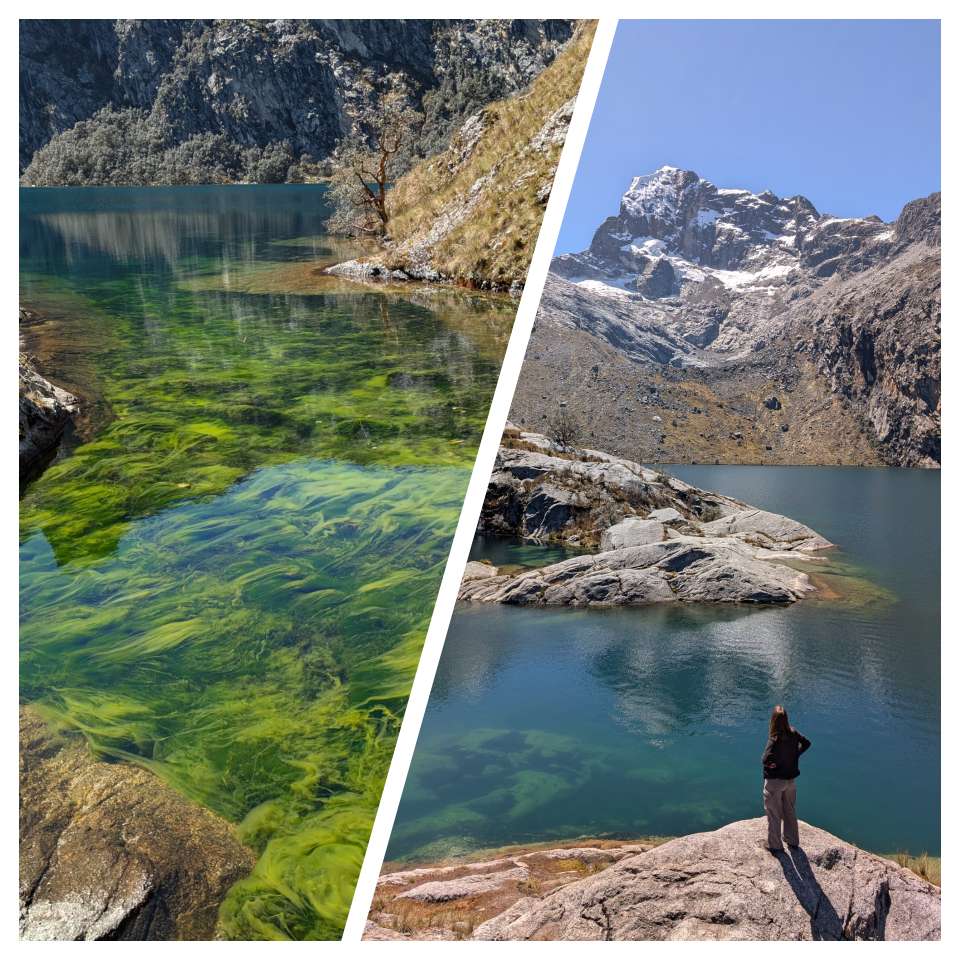
We acclimatized by visiting Laguna Wilcacocha on the second day. I hiked Laguna Churup on day three whilst Nathan took a day off. This was a very fun hike, as it included some ropes and scrambling. We took a tour to Laguna Parón the day after – whilst this didn’t include much hiking, Parón looks simply magical when the rays of sunshine touch the water, and it was absolutely worth the long car ride there. The grand finale was the hike we did together to Laguna 69, reaching an altitude of over 4600 meters above sea level – roughly the same as I did at the Salkantay pass! It was hard for all the same reasons as Salkantay, i.e. mostly lack of oxygen. We did manage to beat the crowds there, and that made it all worth it.
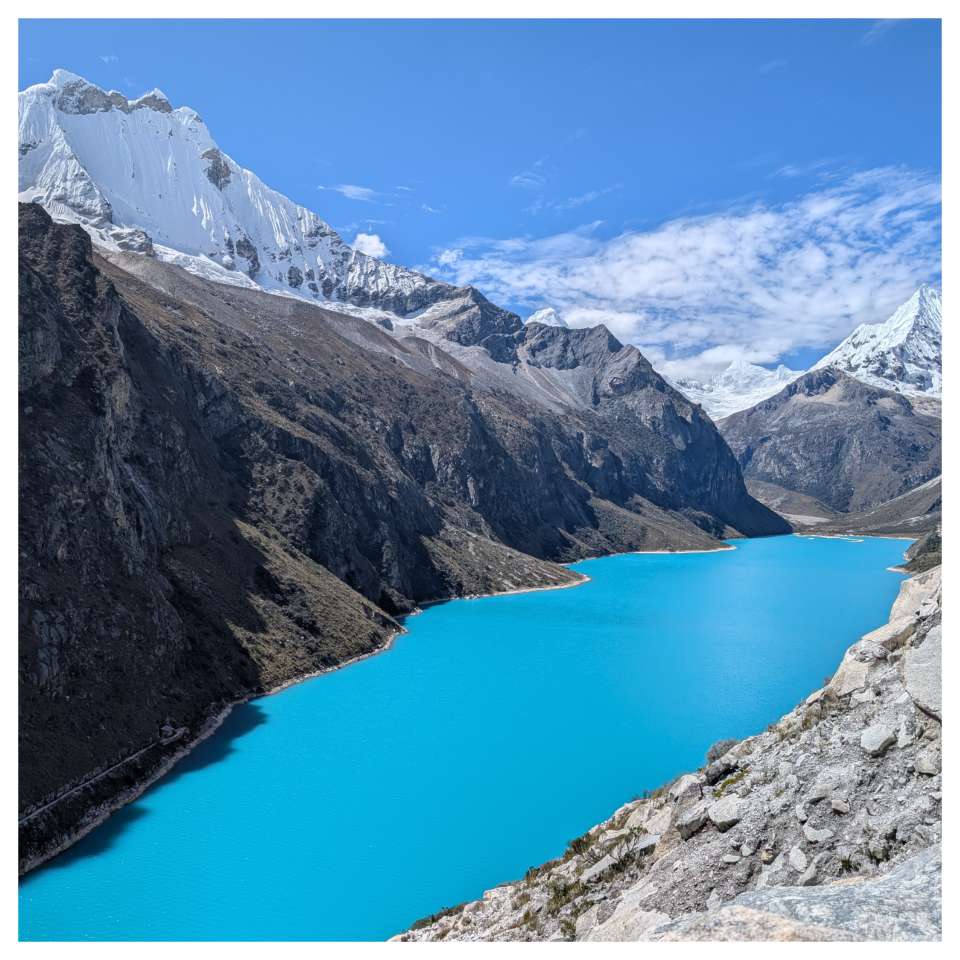
Leaving Huaraz was hard, there were so many more excellent, breathtaking hikes to do! One could easily spend three or four weeks here, and many people do. One of my fellow travelers described it as “better than Patagonia” and whilst I can’t make this comparison myself, I can definitely attest to it being incredible, and I hope to come back one day.
We’ve decided to spend our last few days in Peru in Paracas followed by Lima.
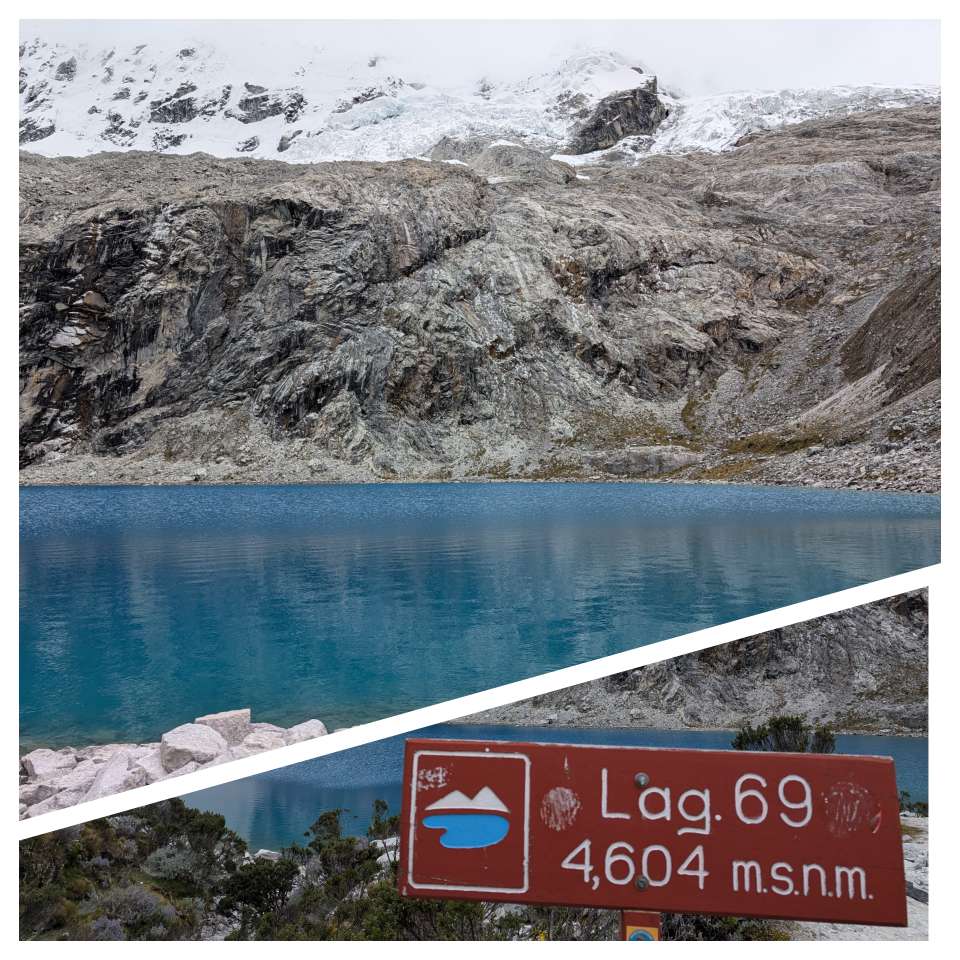
Paracas, Peru
There were two main draws to Paracas for me. Firstly, Islas Ballestas, often described as “poor man’s Galápagos”. We visited Ballestras on a two hour boat tour. We were greeted by an unbelievable number and variety of birds here, such as Peruvian Pelicans. The highlights however included seeing the Humboldt Penguins and Sea Lions. An unexpected positive was the existence of Candelabro de Paracas, which looks very similar to the famous Nazca lines. We’ve decided to skip going to Nazca due to insufficient time, but now I have less FOMO.
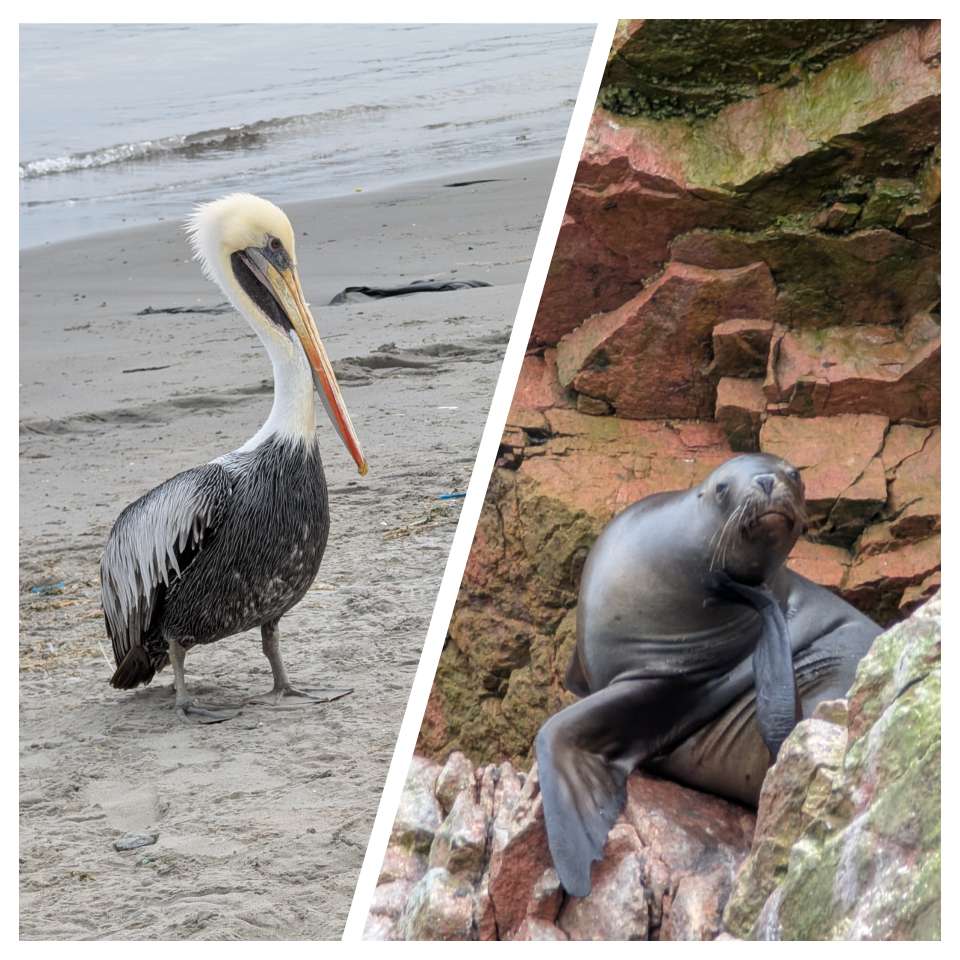
In addition to Islas Ballestas, the second draw was that Paracas is one of the places recommended for diving in Peru. I really wanted to get in some practice dives before visiting the true Galápagos. Unfortunately, I was the only person interested during these specific dates, and the price for a private tour to Islas Blancas was somewhat extortionate, which greatly diminished my chances of seeing more Sea Lions or Penguins.
I ended up doing a single dive in a national reserve in La Mina. This was a very shallow dive, the visibility was low and the marine life there was by no means impressive. I was also anxious about this dive because the water here is colder than anywhere else I’ve been diving before (and I felt too cold in the Red Sea before). Whilst a 7mm wetsuit layered over a 3mm wetsuit combined with hood, boots and gloves all made me feel like a Michelin man, they definitely kept me warm enough, so that was a relief. Overall, I did get to practice and built up a bit more confidence again after realizing I haven’t done this for about four years (i.e. too damn long!), so I’d class this as a success.
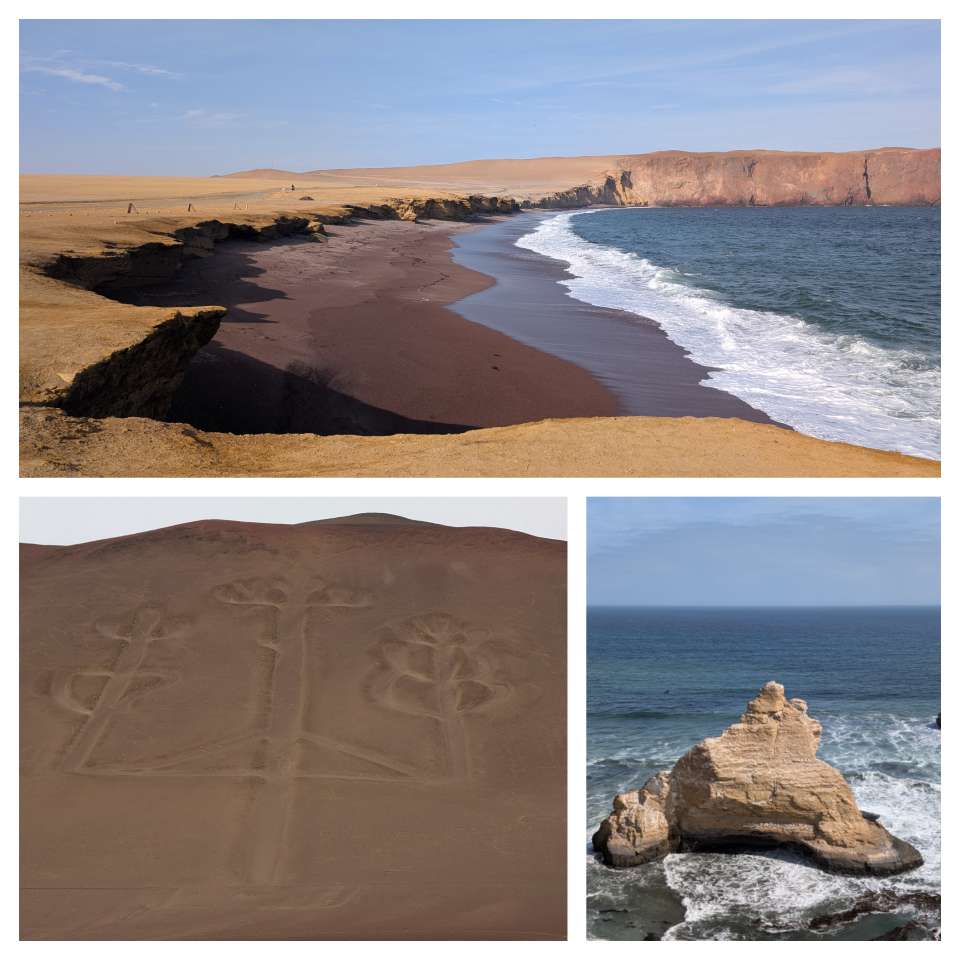
Finally, Nathan and I also rented a scooter for half a day and spent it driving around the Paracas National Reserve. This was a fun way to explore and see the scenery, beaches and wildlife.
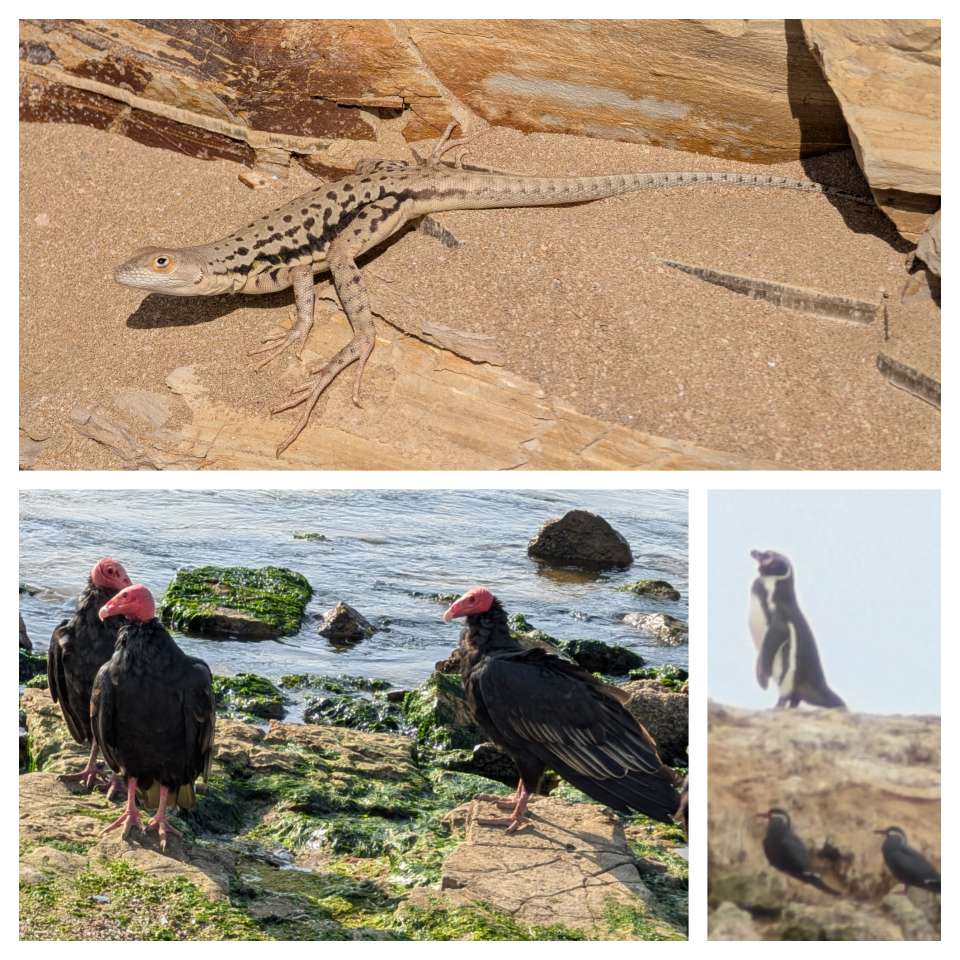
Paracas is pretty small, and it definitely feels like even two days in here is slightly too much time. It also feels a bit bizarre to be here off season, and seeing all the empty sea side hotels and restaurants.
Luckily, all of this meant I had a bit of spare time, and could catch up on writing this blog. The next morning we took a bus back to Lima.
Lima, Peru
With only one full day of time here, we spent most of it walking around the coast of Miraflores and Barranco, two of the more upscale and tourist friendly neighborhoods. A pleasant surprise was visiting Park Kennedy, which was full of cats.
Our main focus in Lima was dining at Central, named the best restaurant in the world in 2023. This was truly an incredible experience, with many regional tastes and flavors, and I’m very grateful we had a chance to eat here and enjoy the true culinary marvels of Peru.
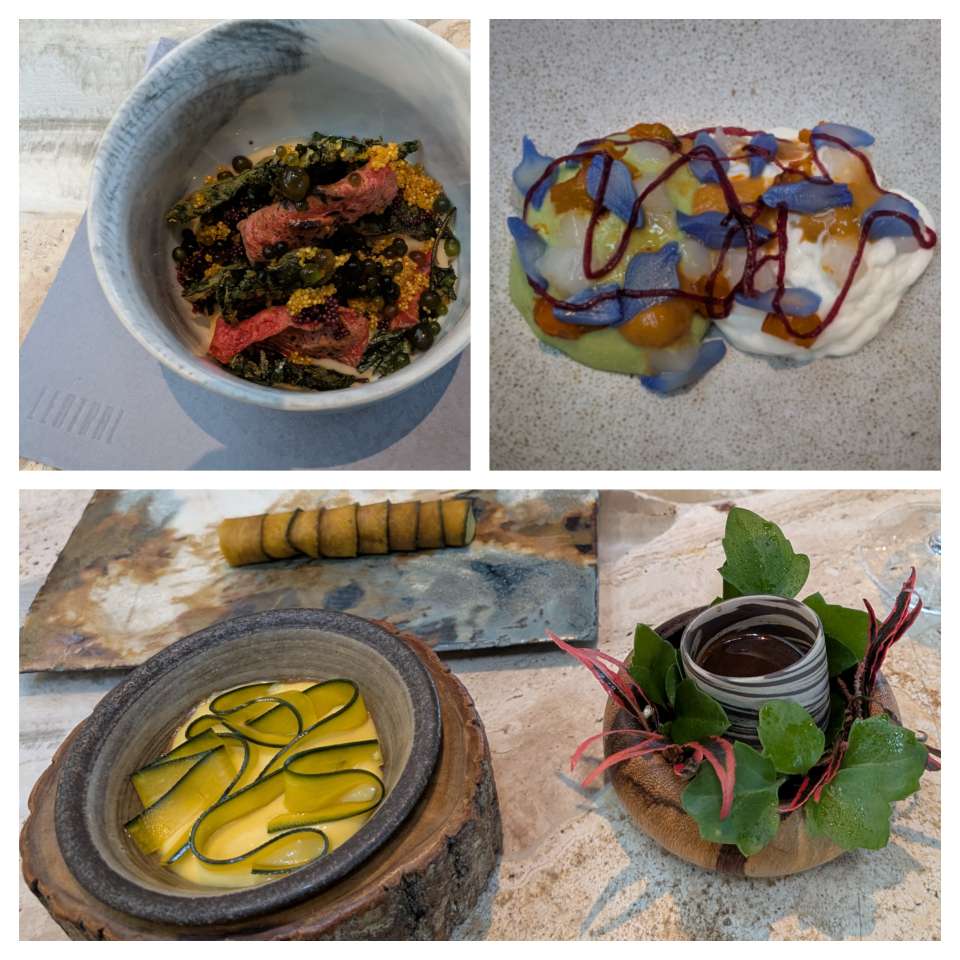
Lima was our last stop in Peru, and we headed to Quito after.
